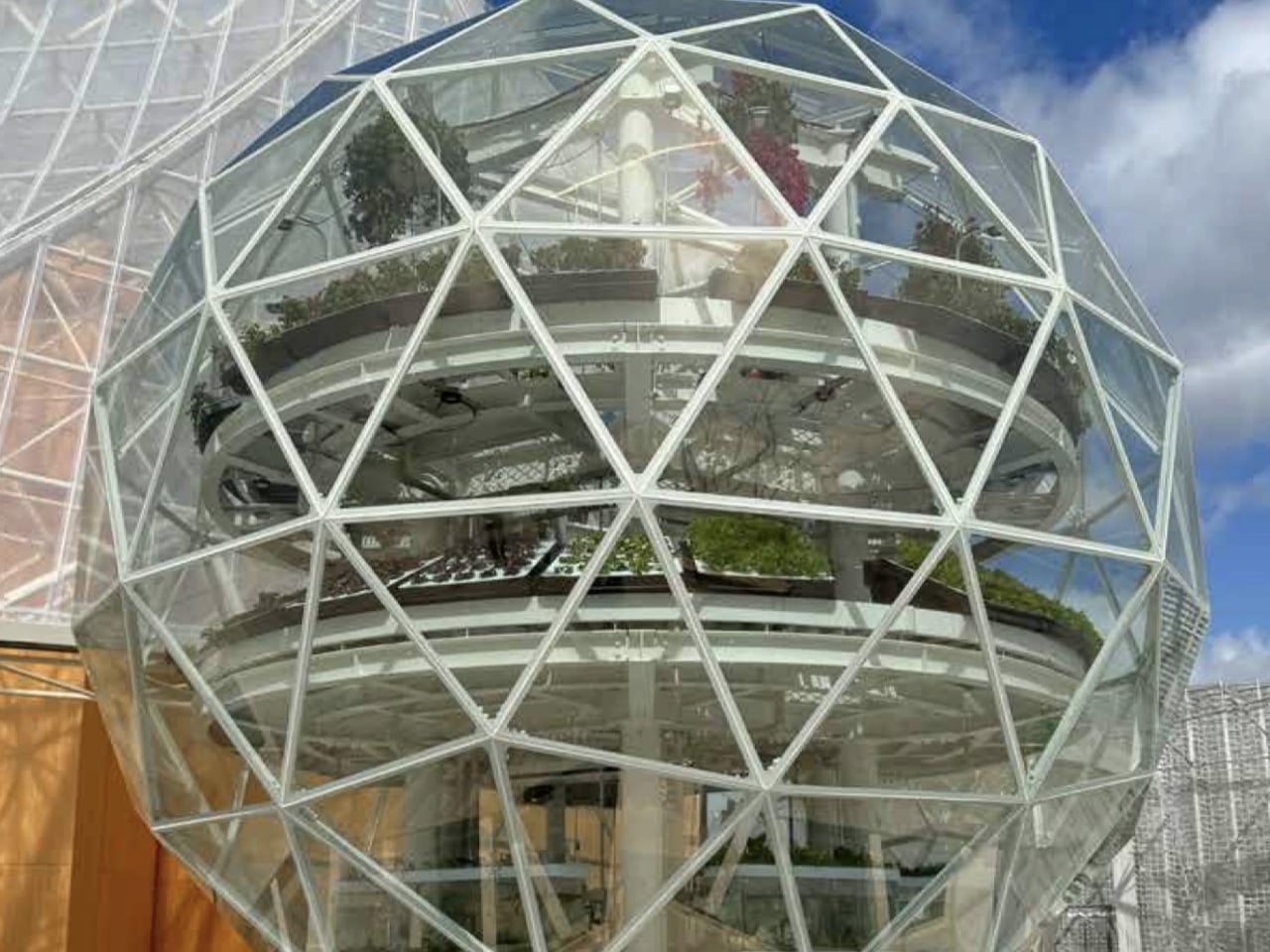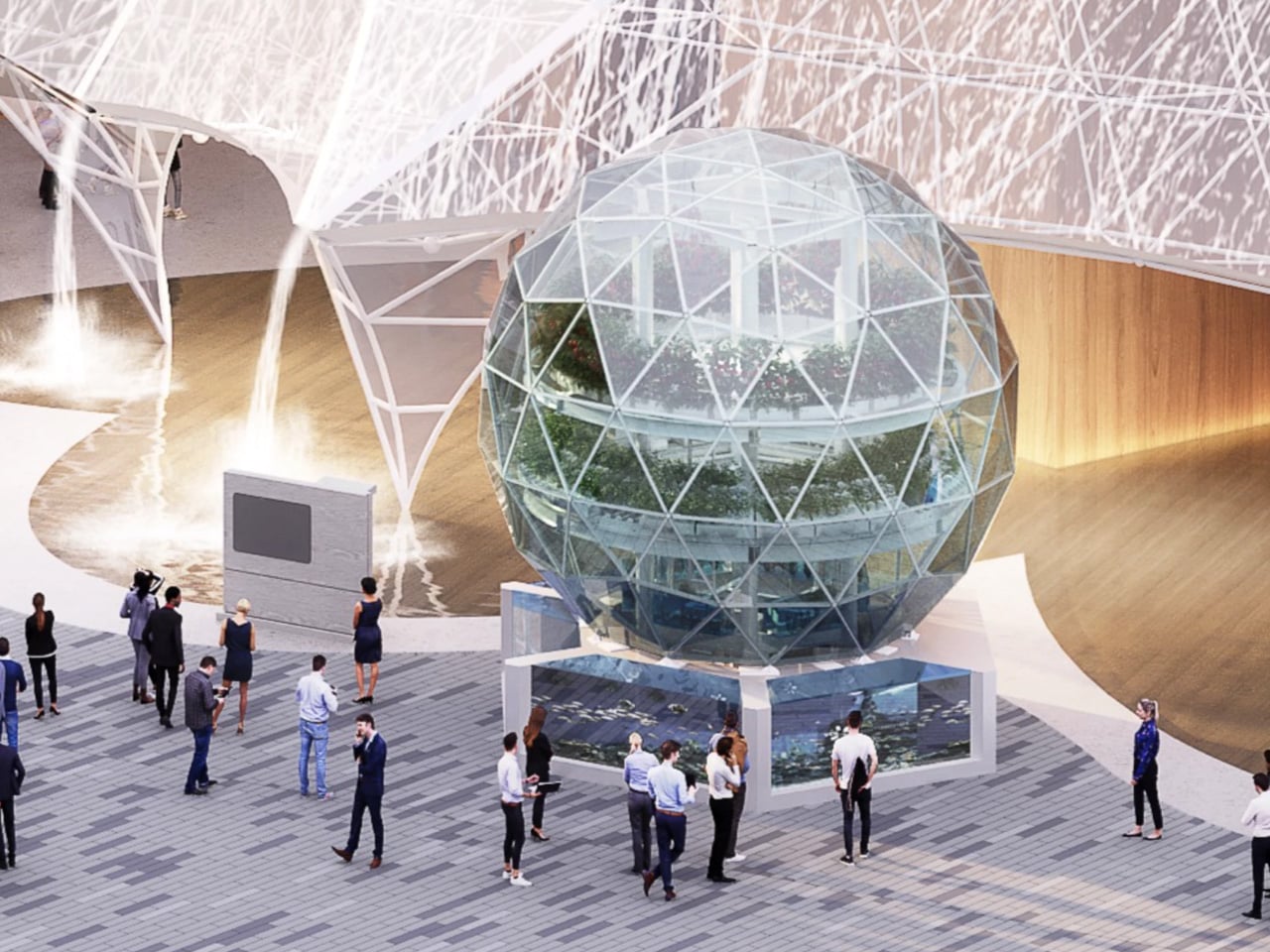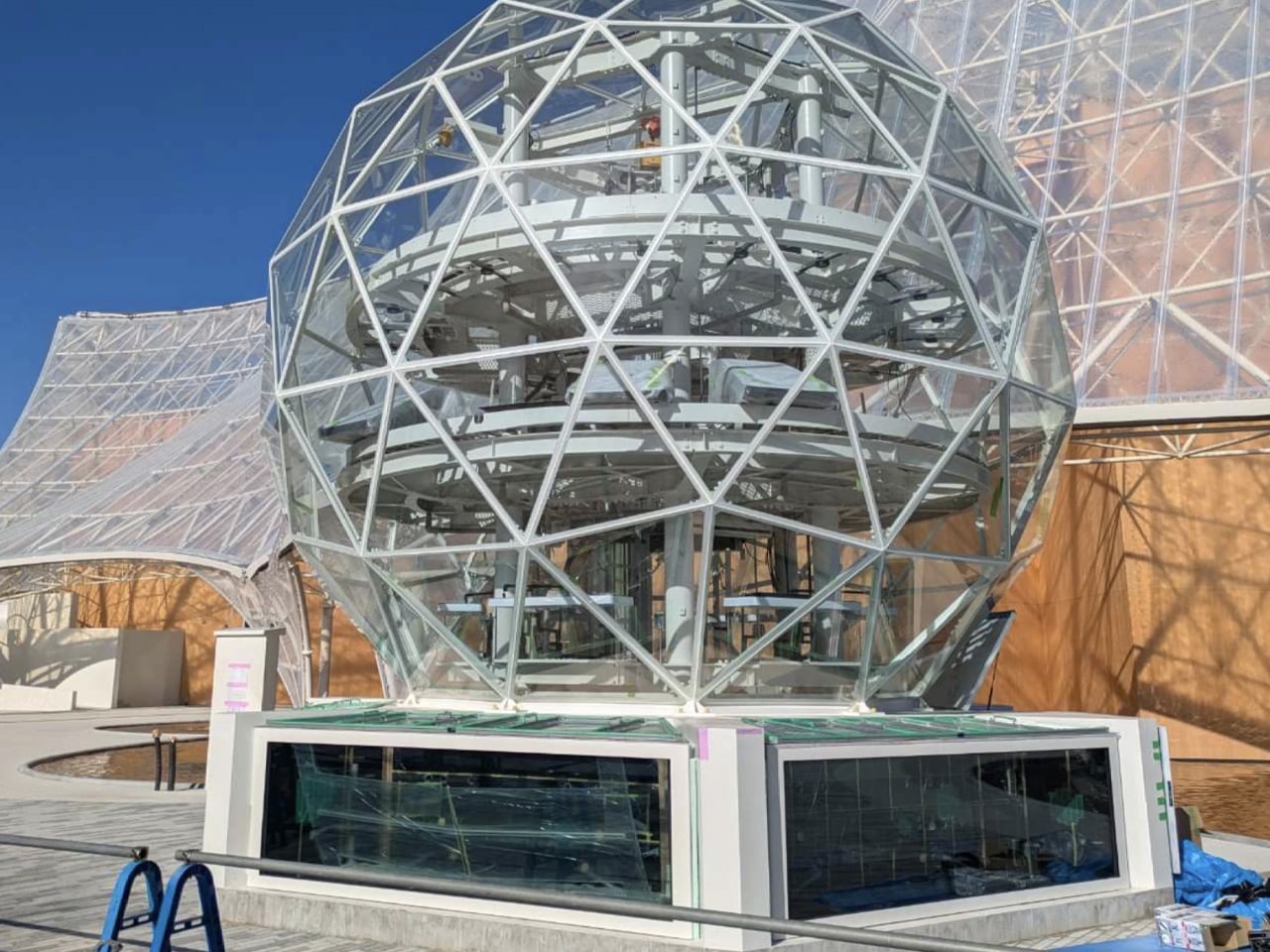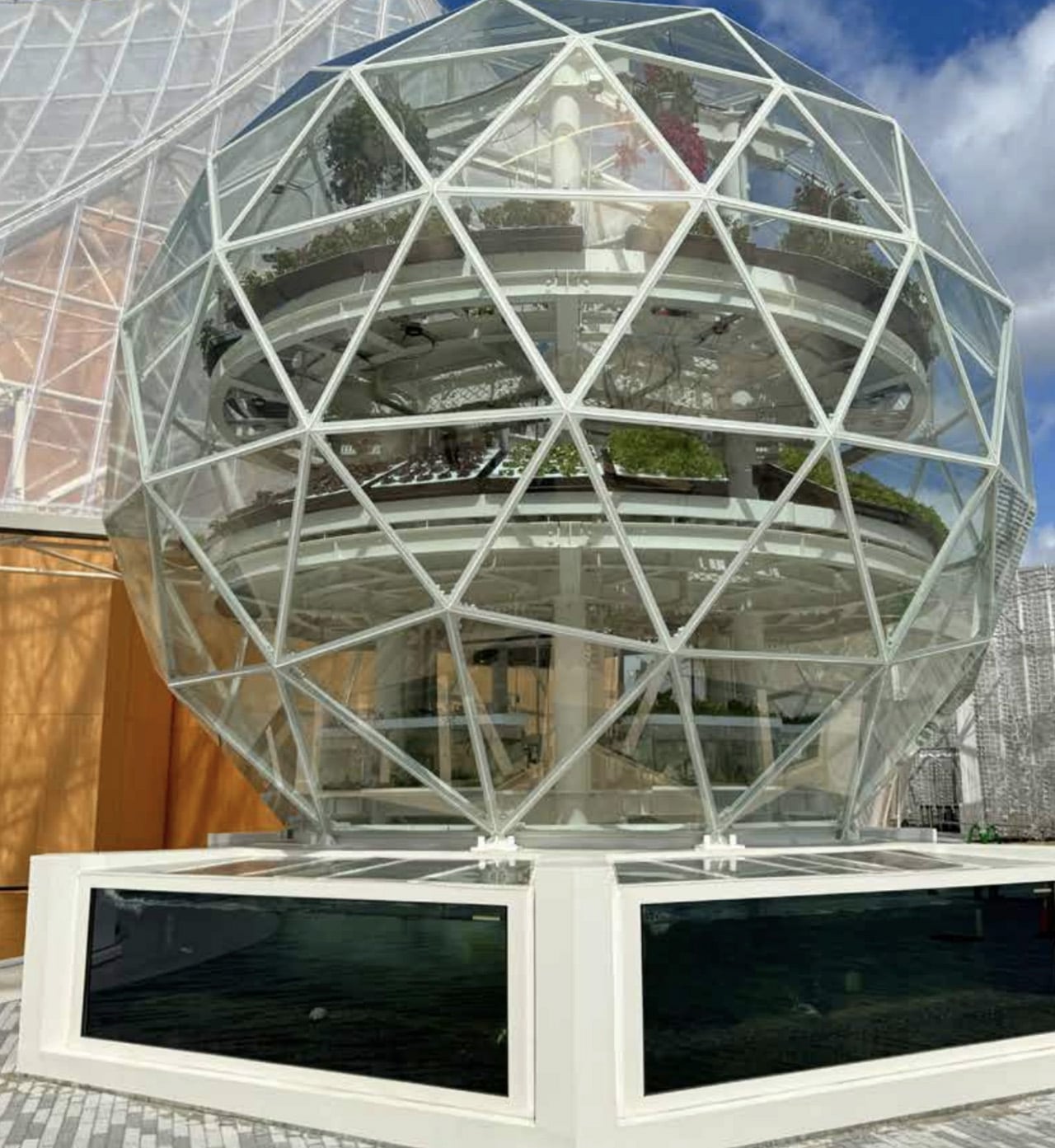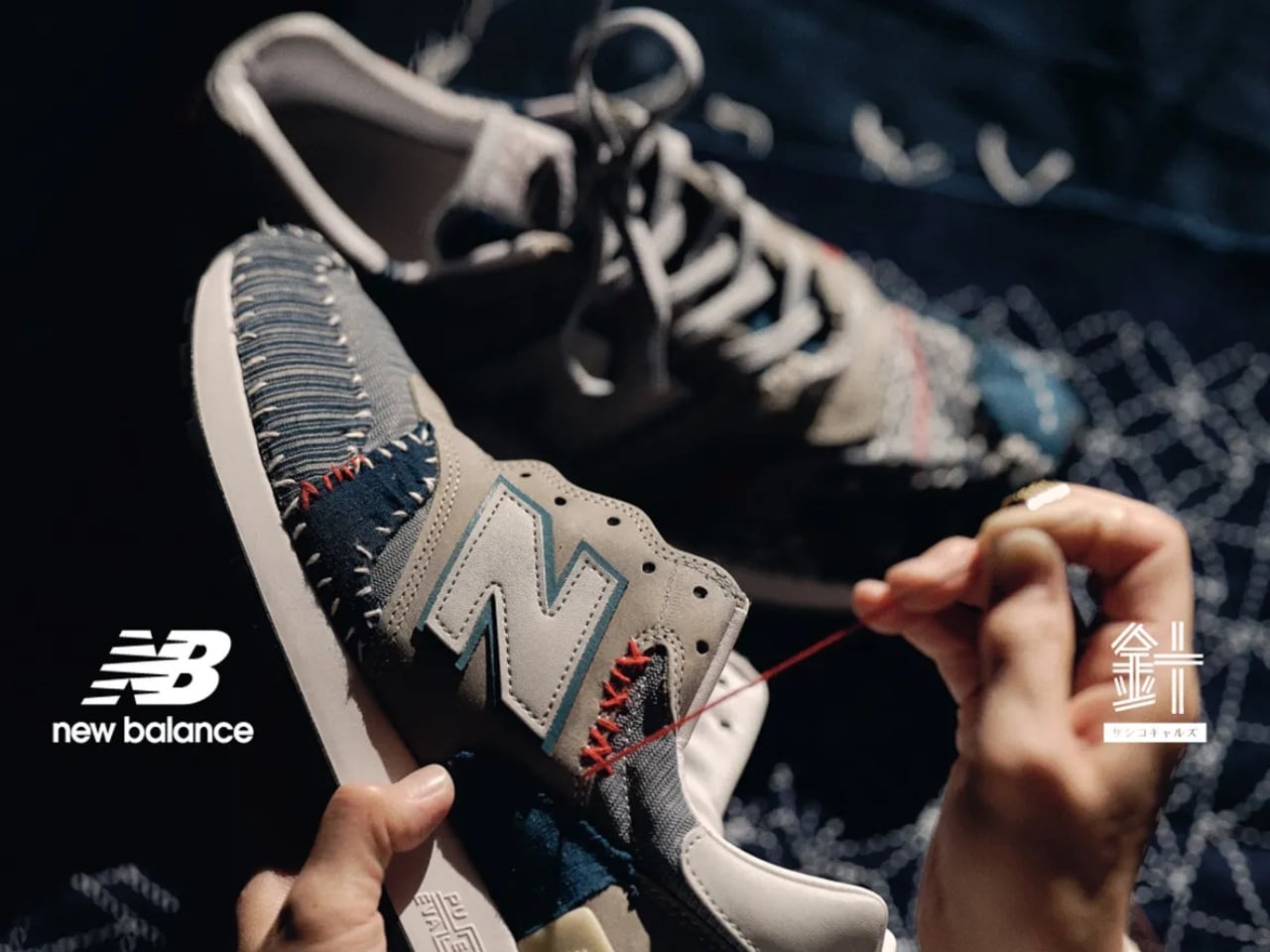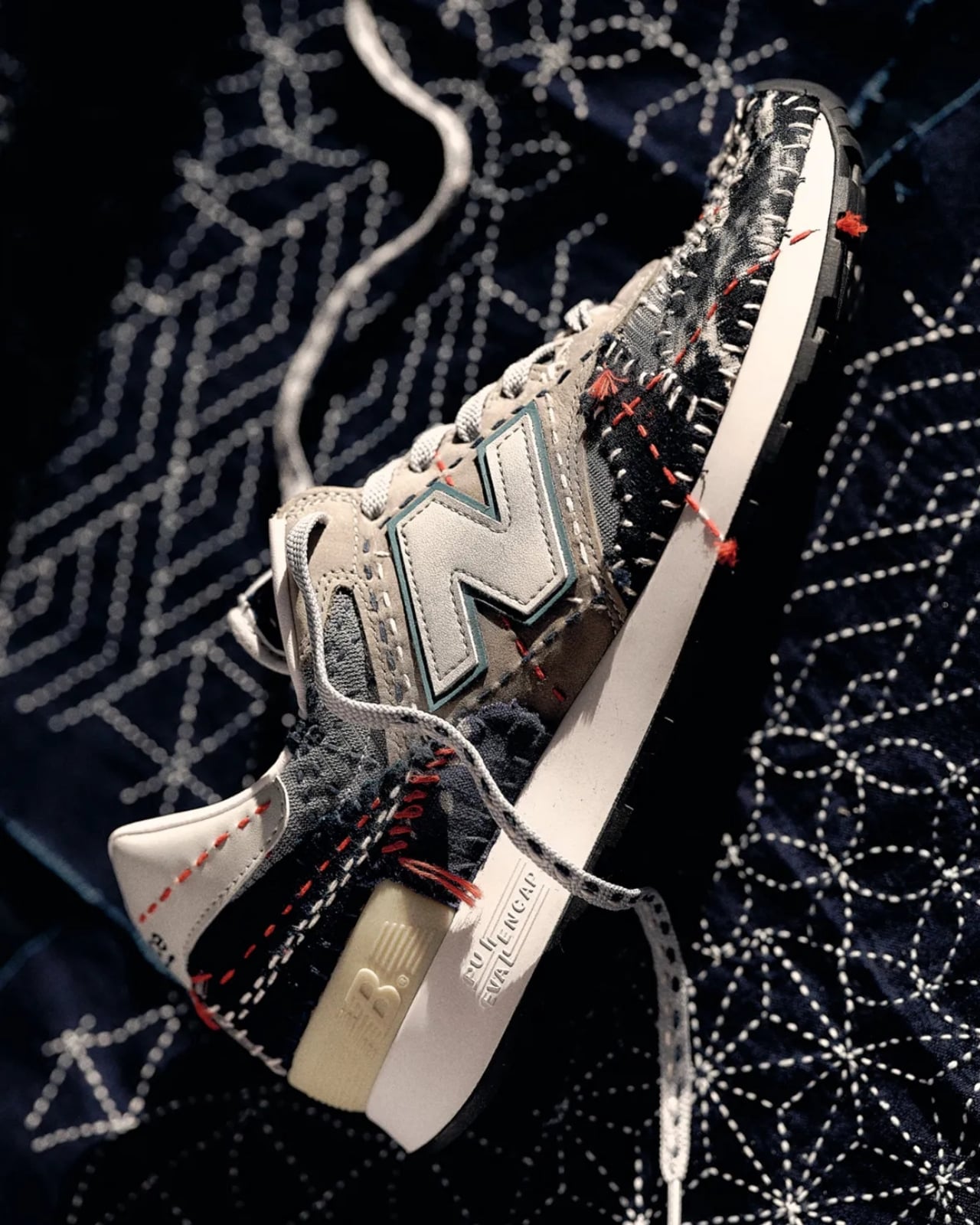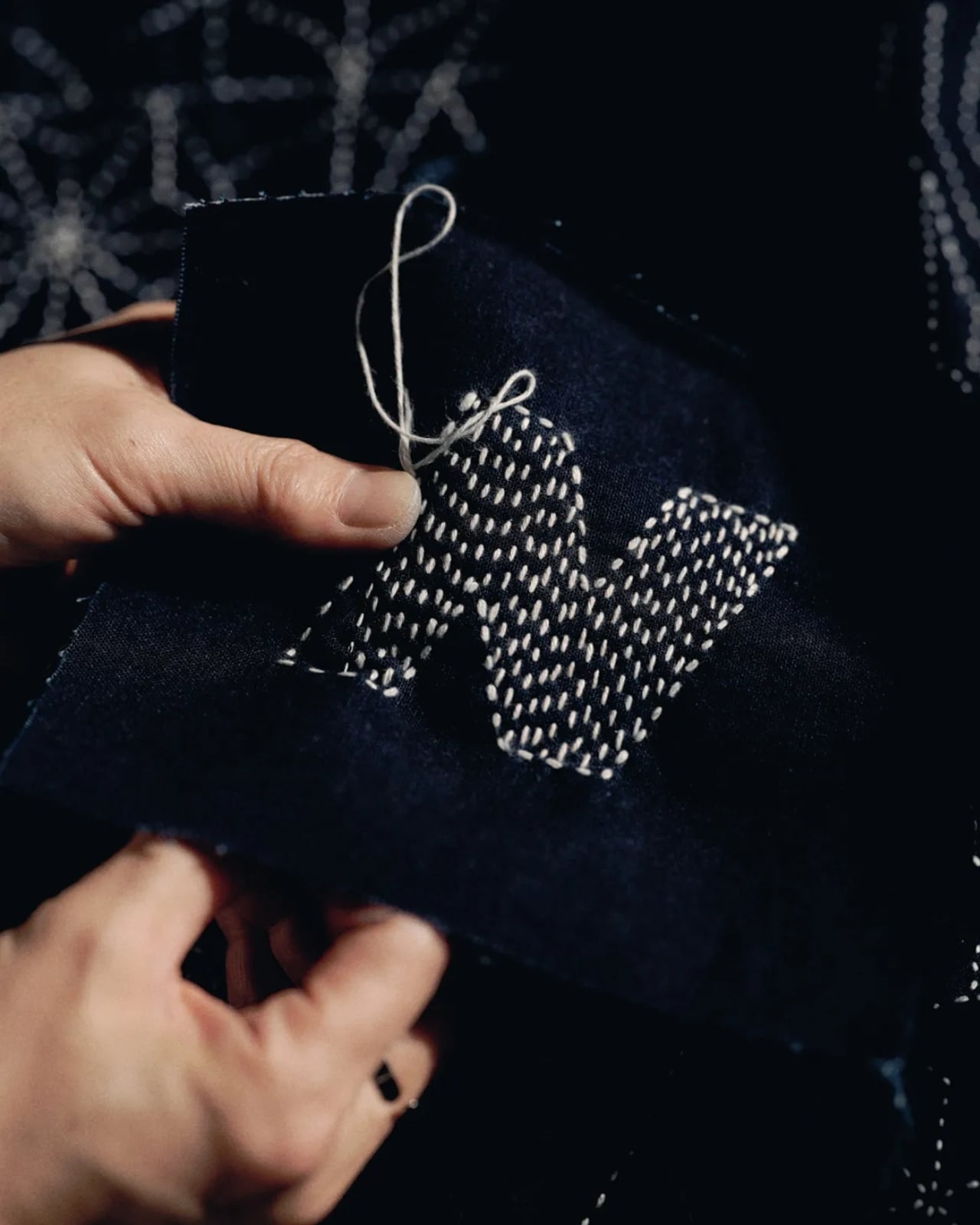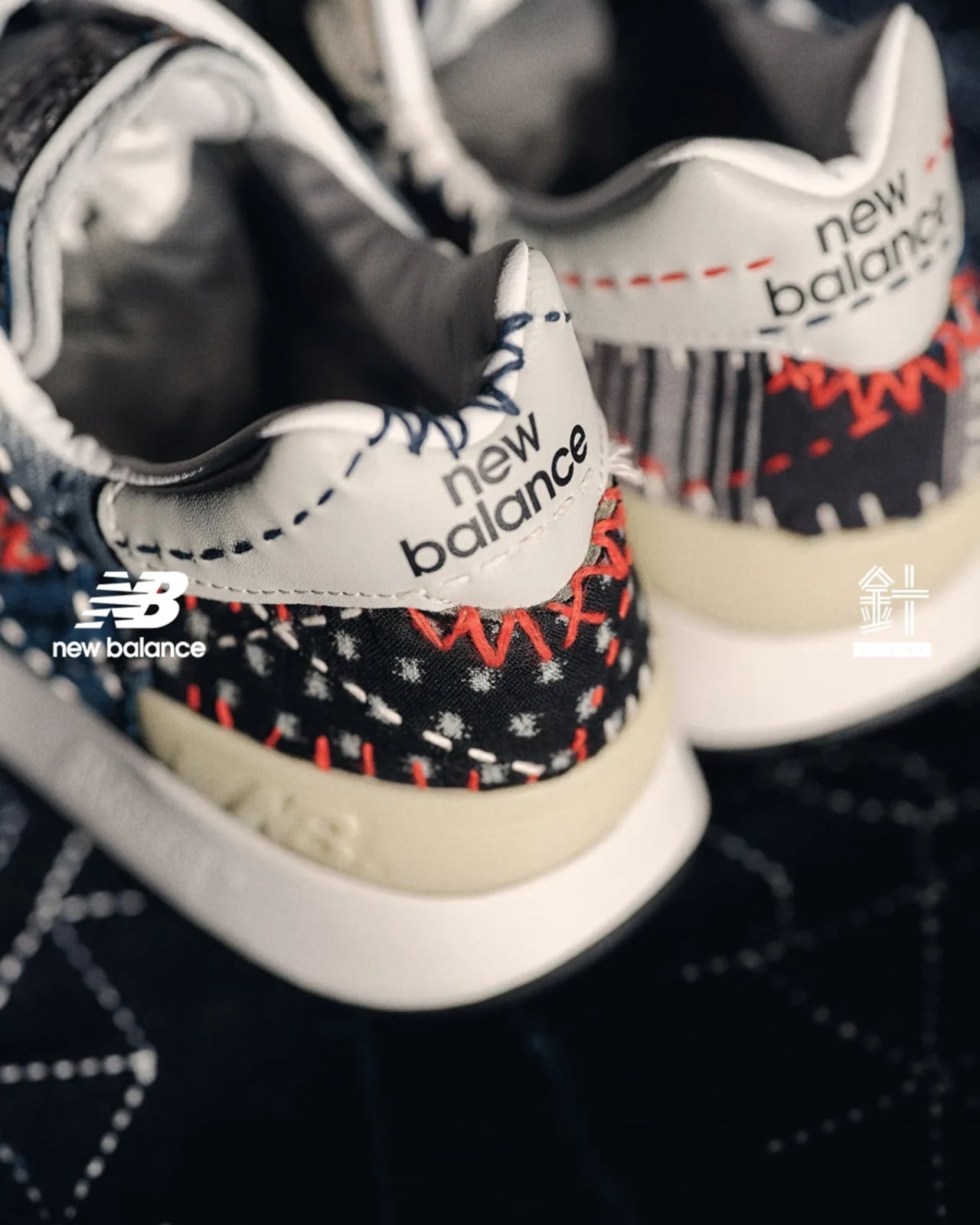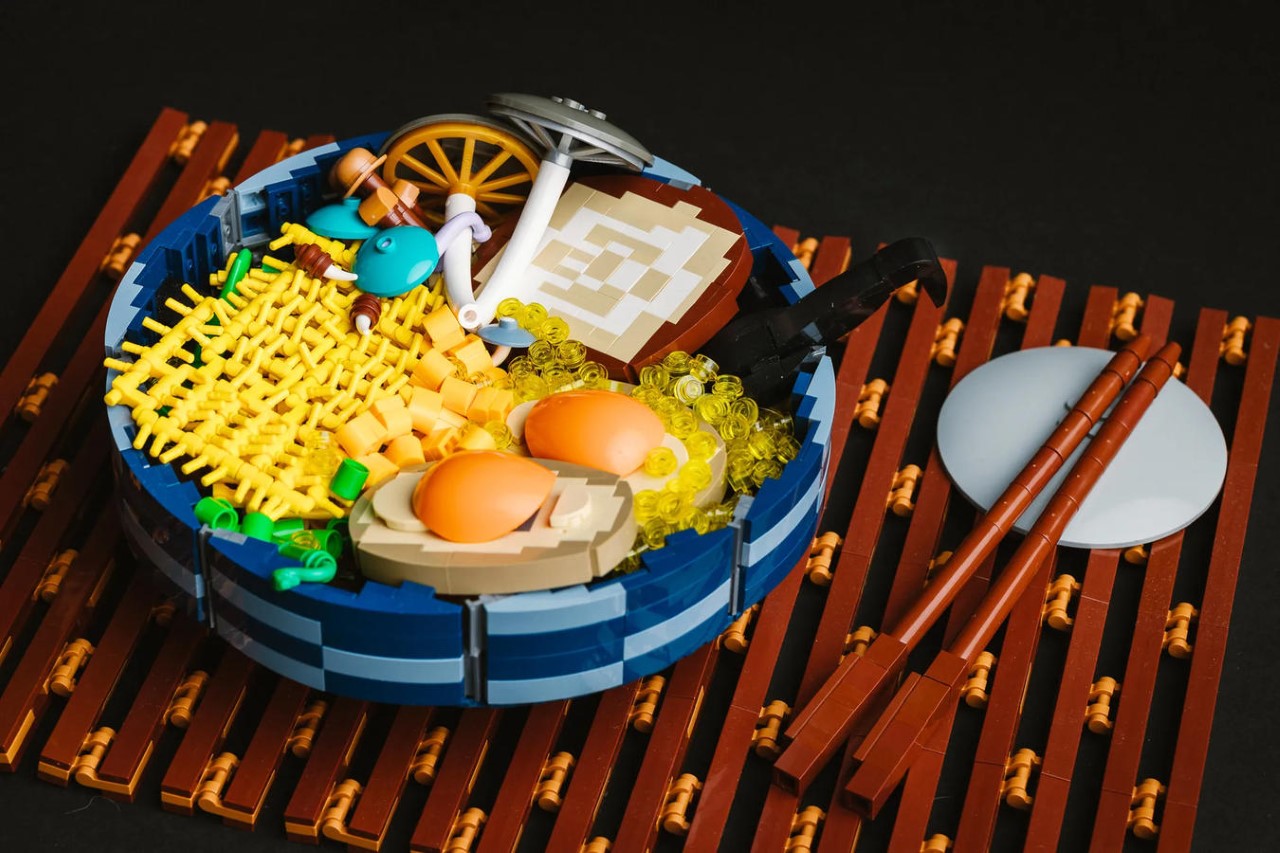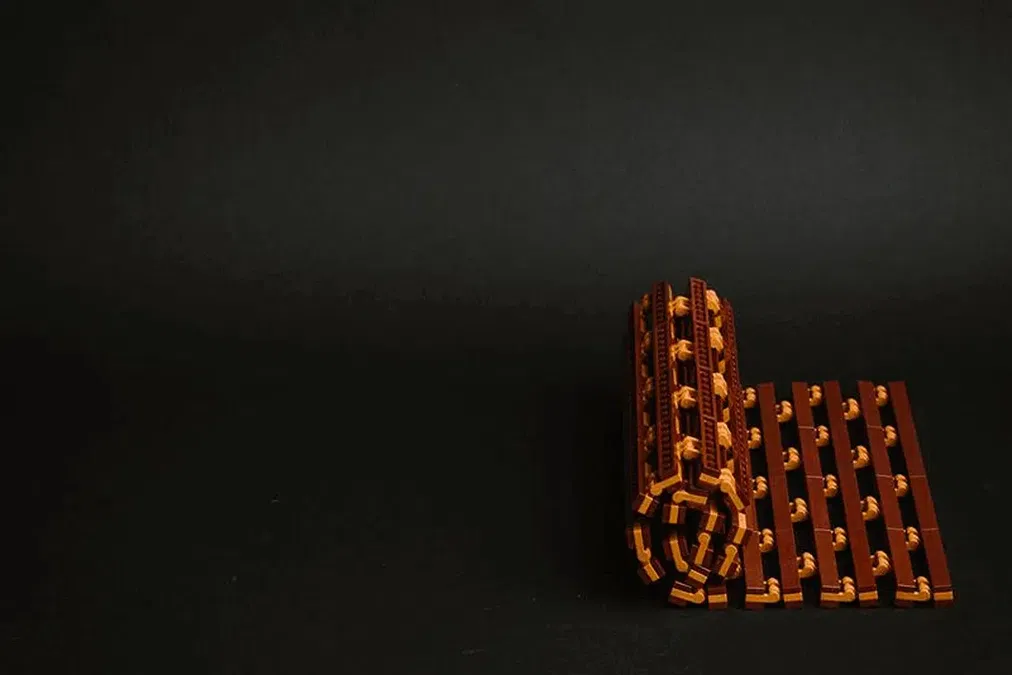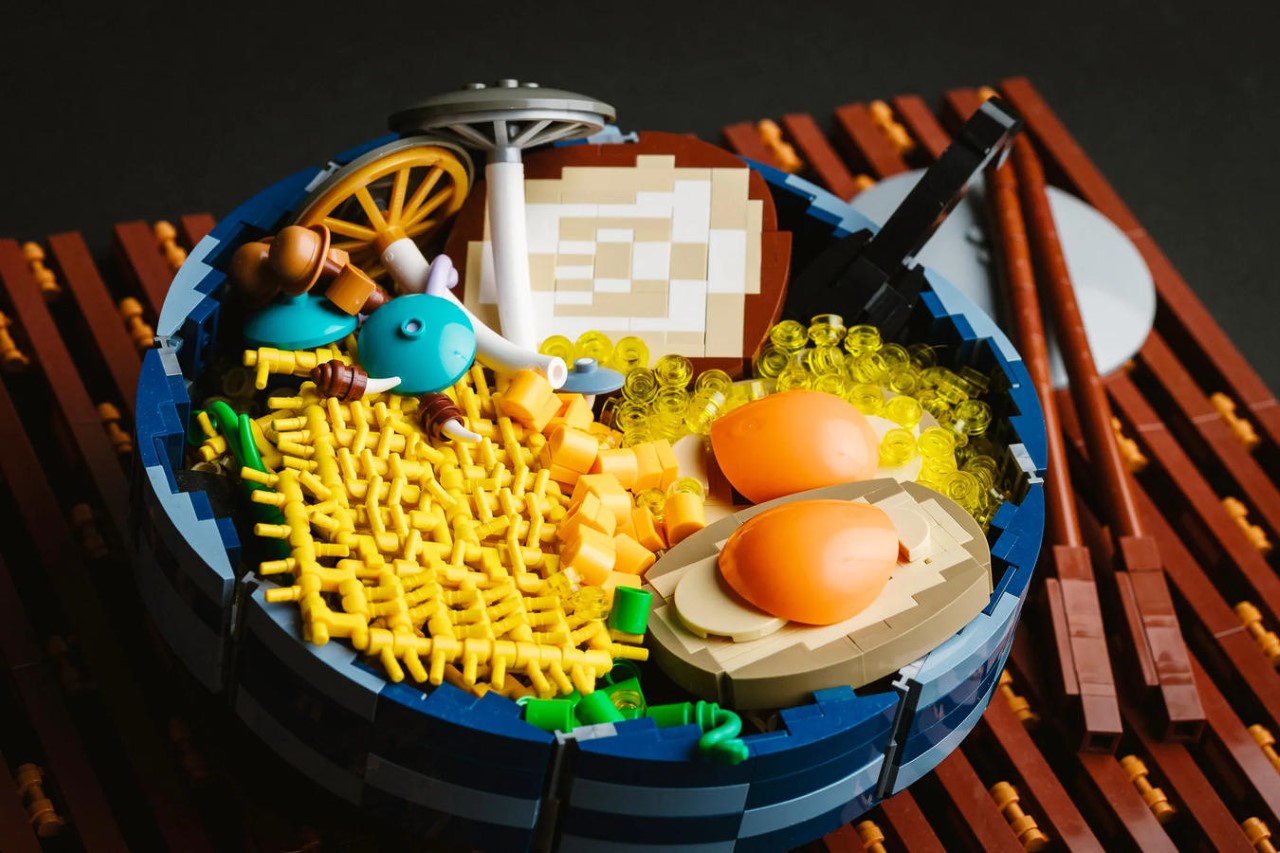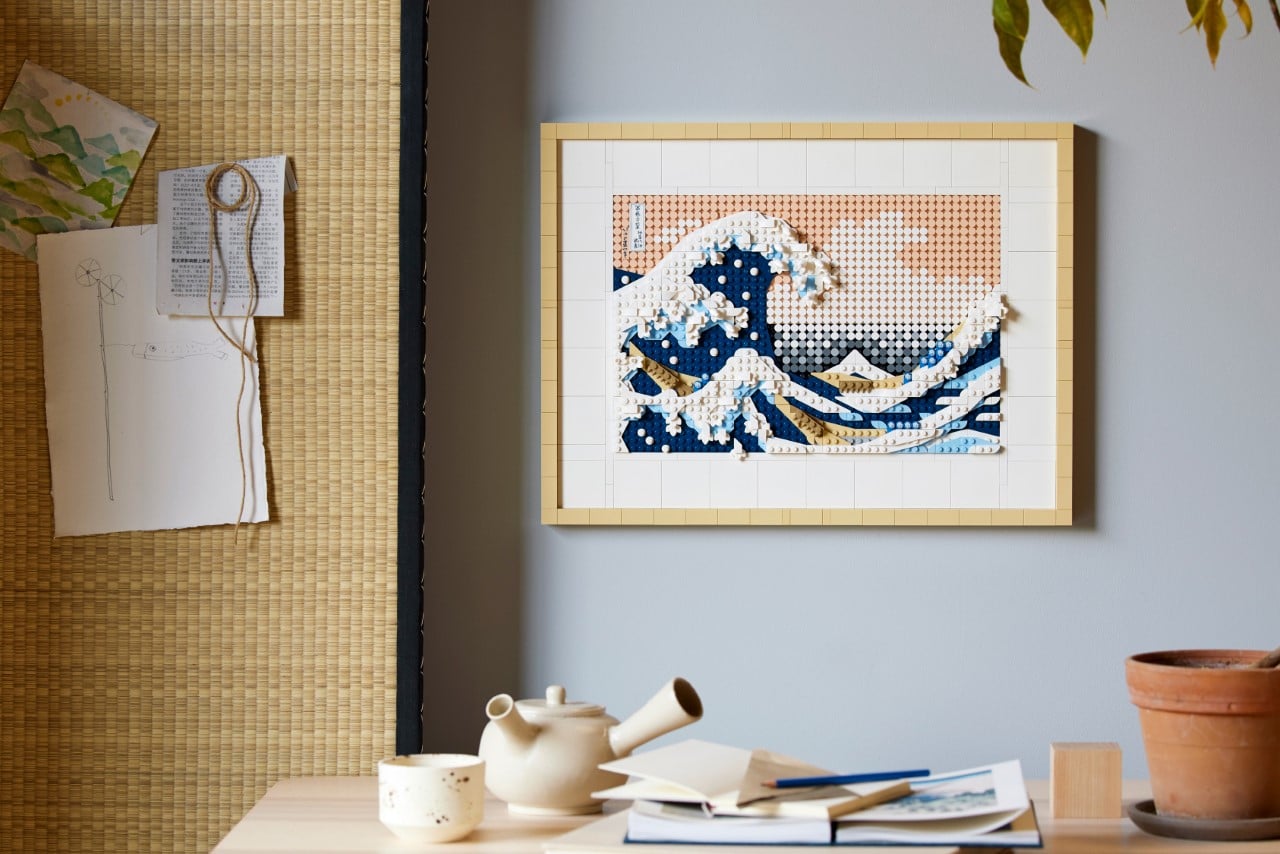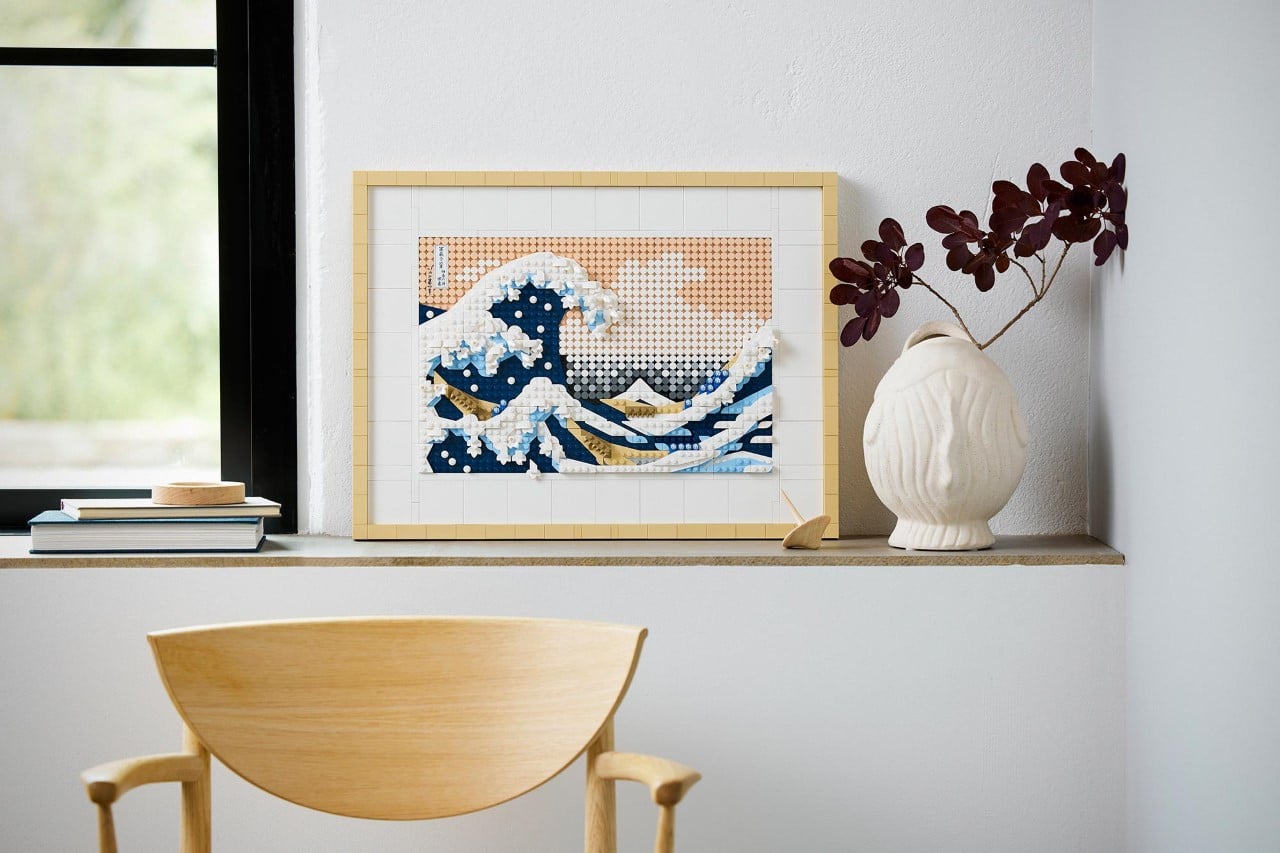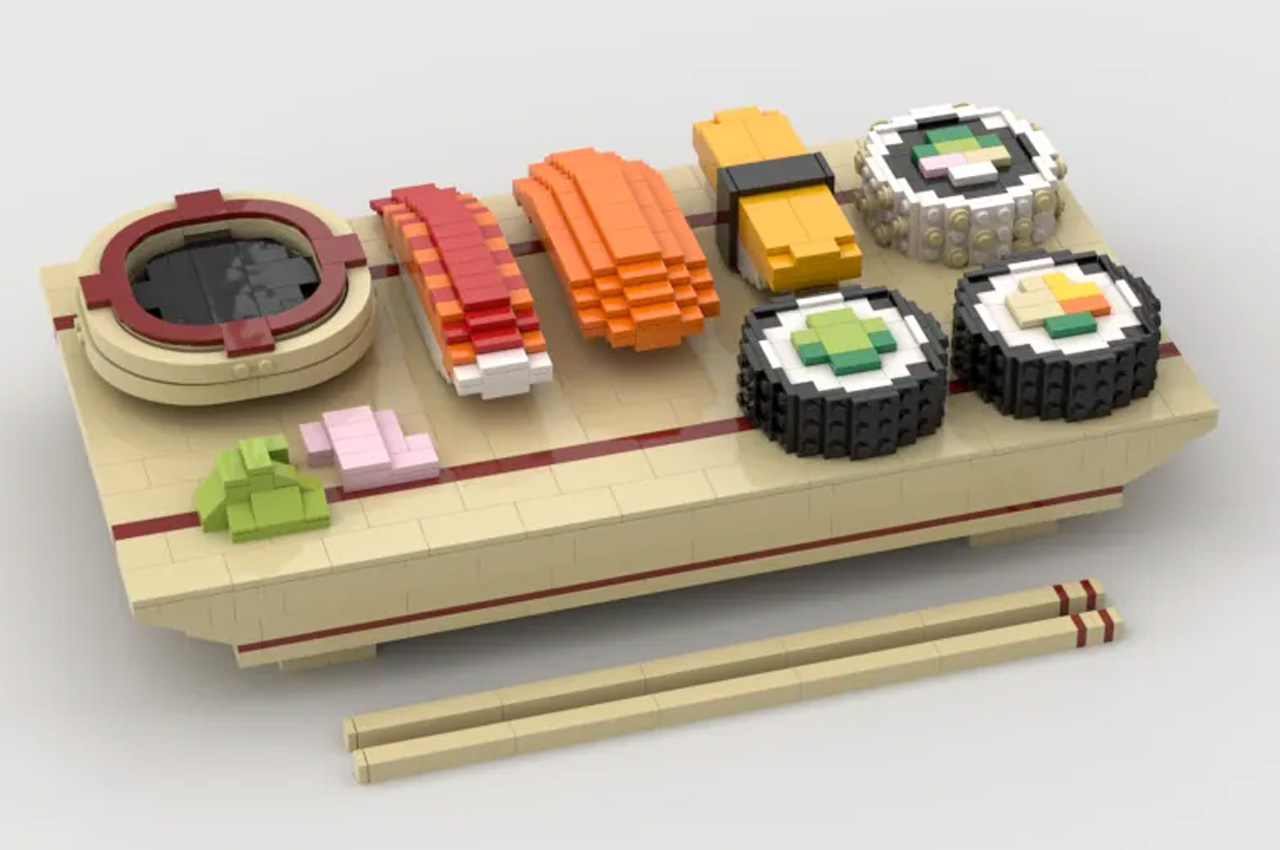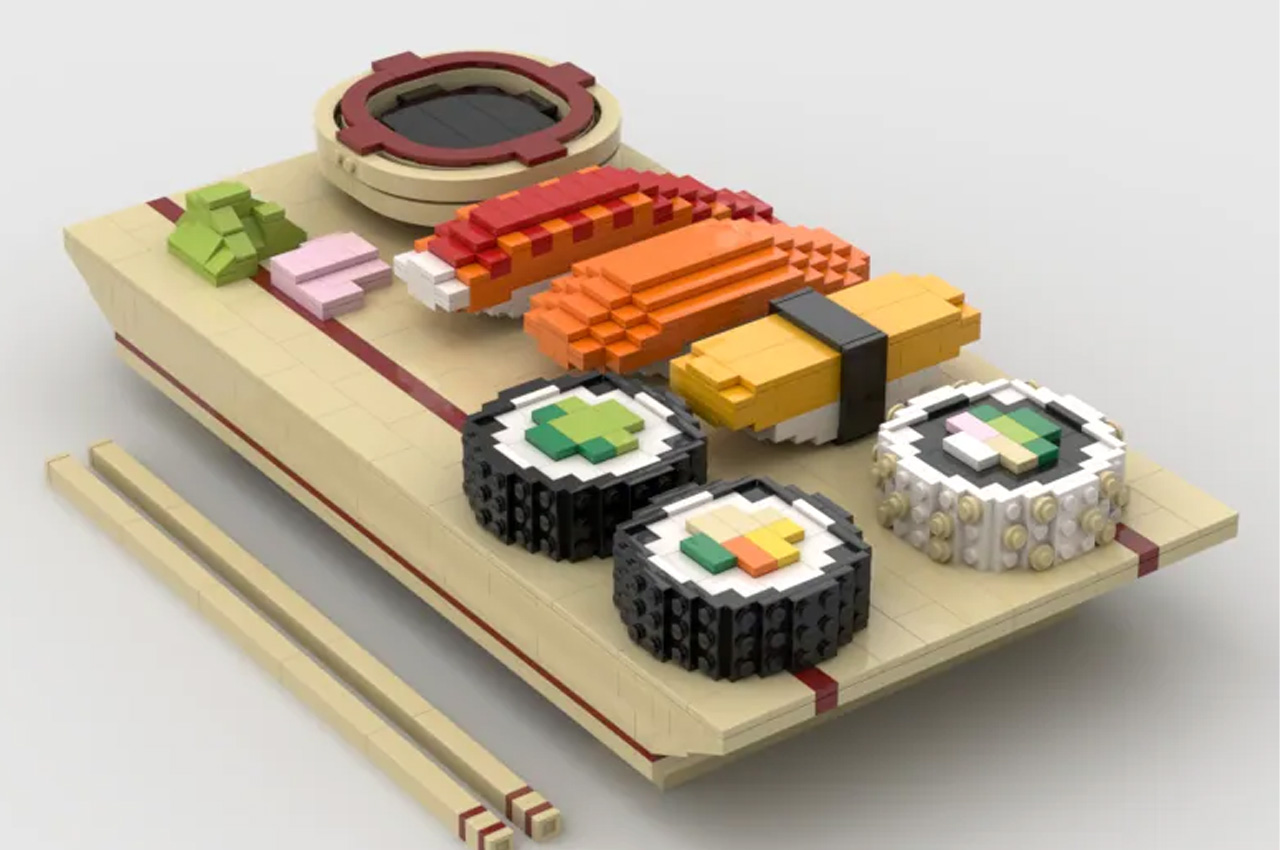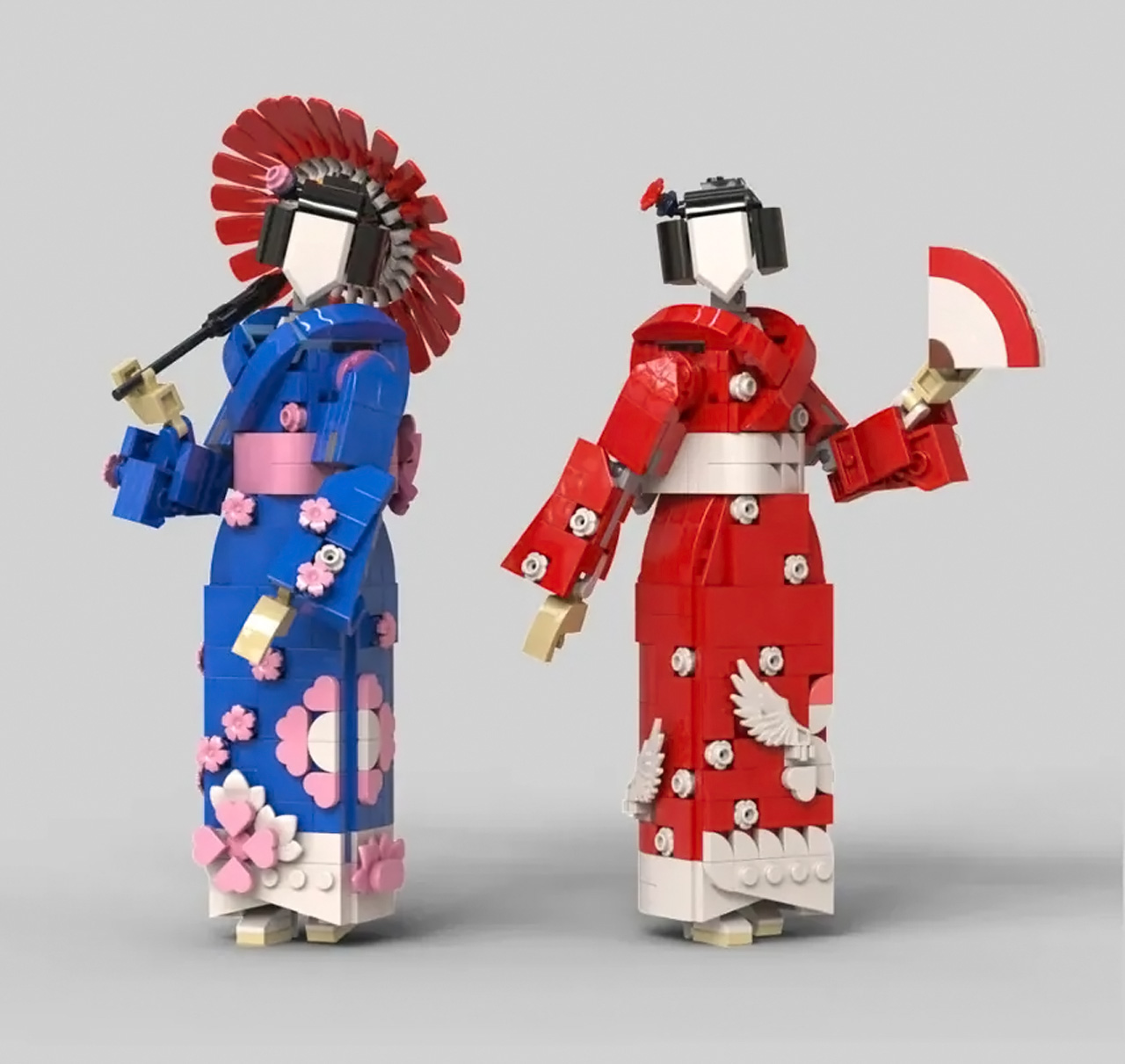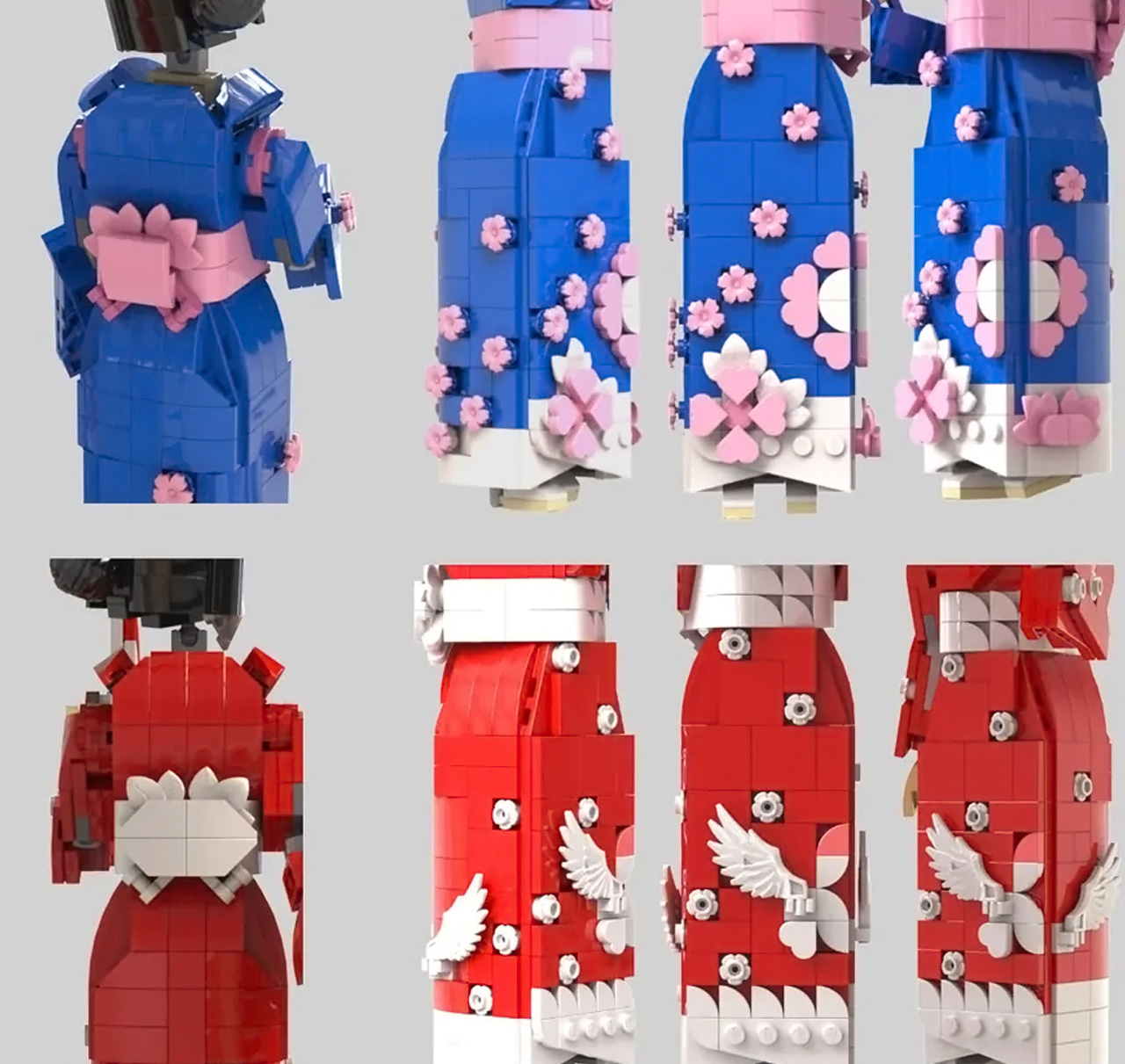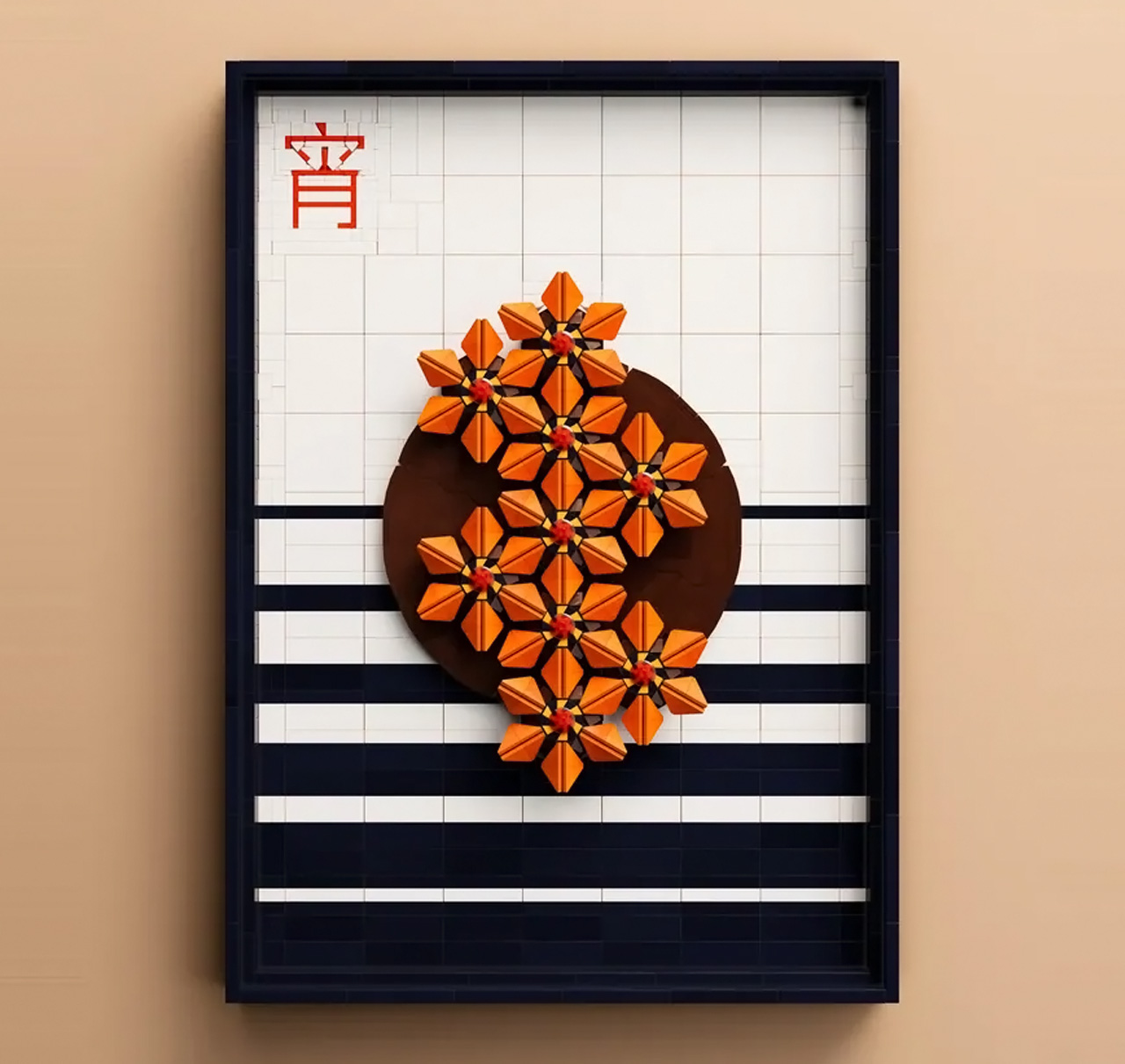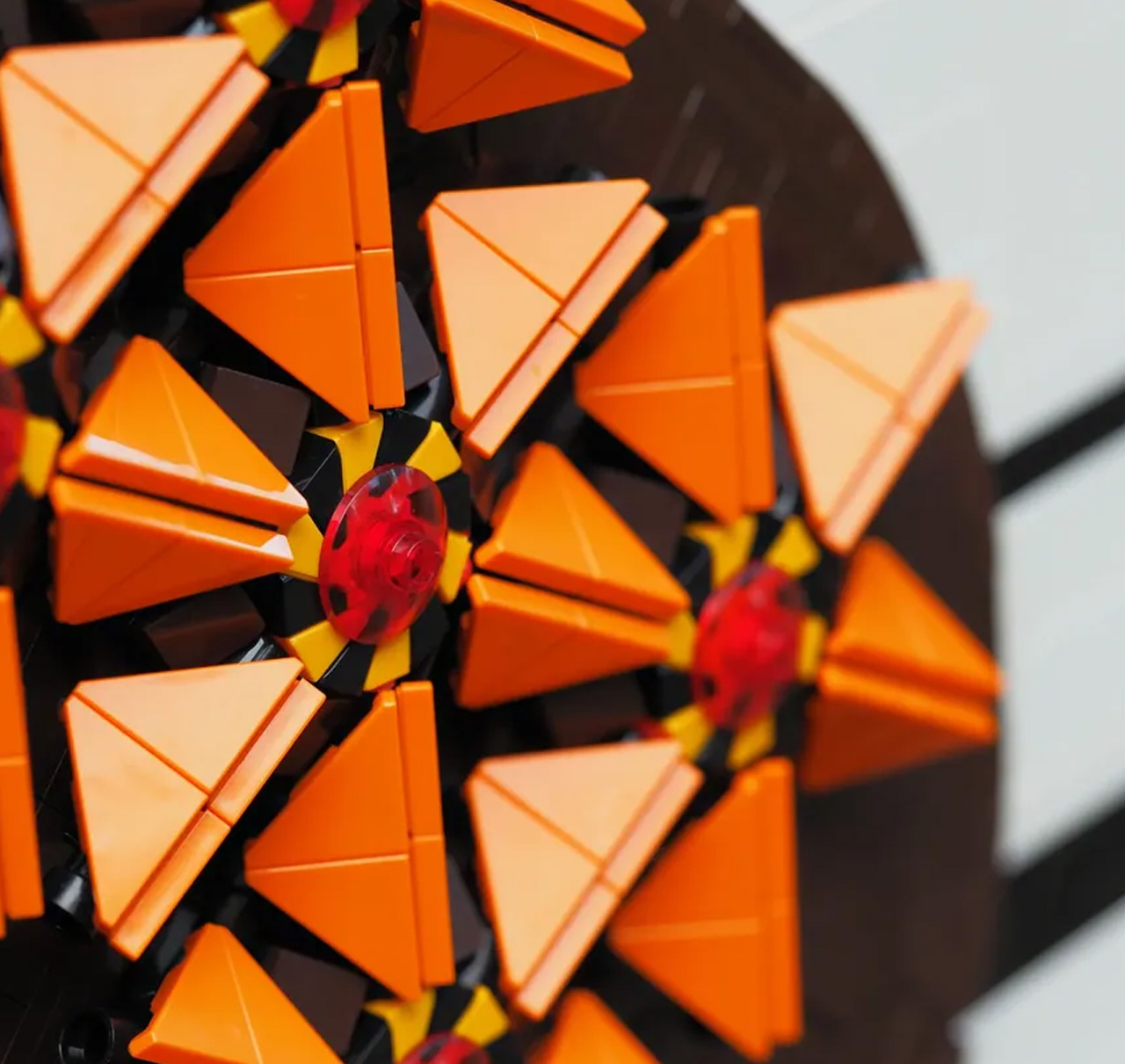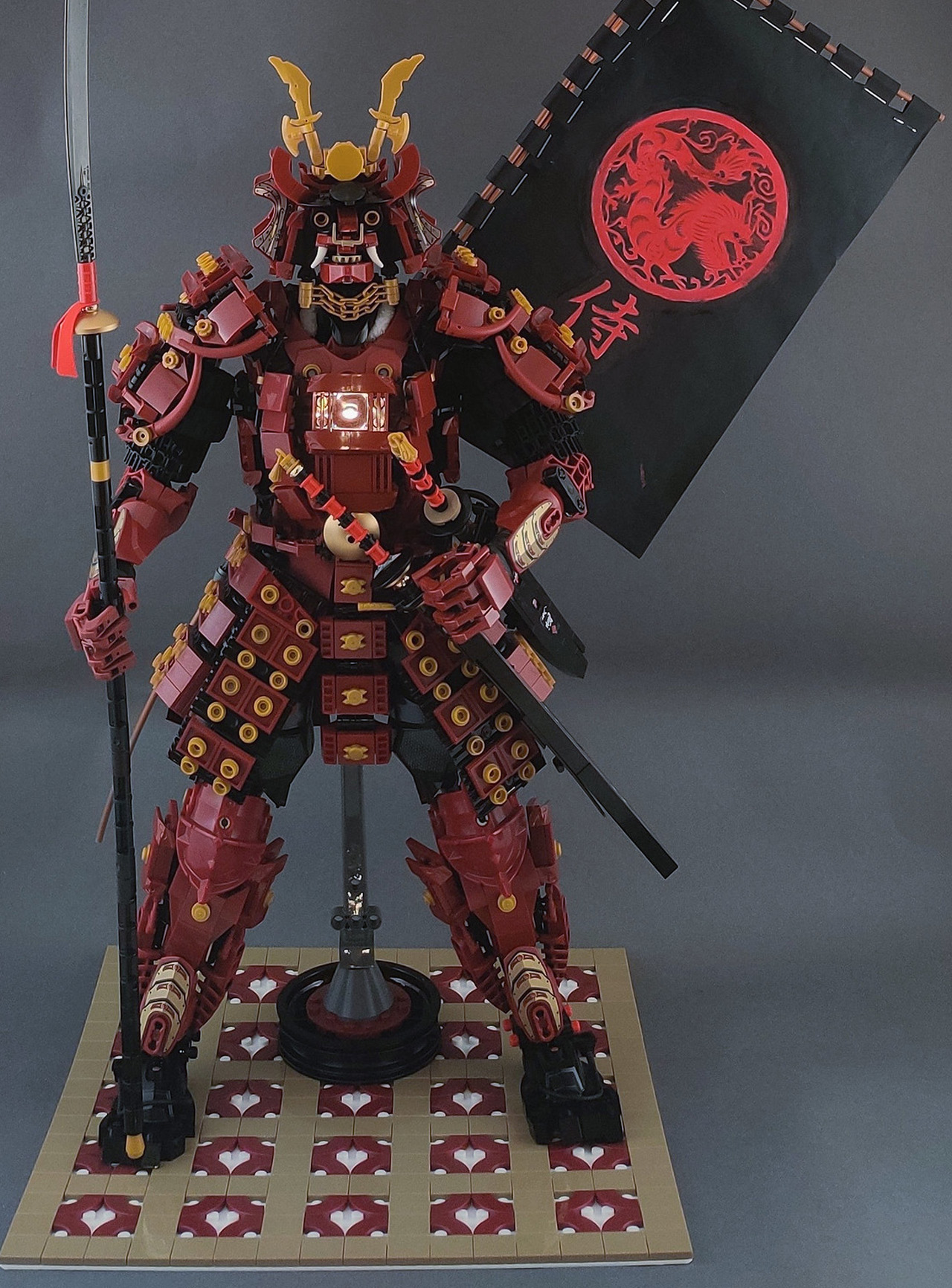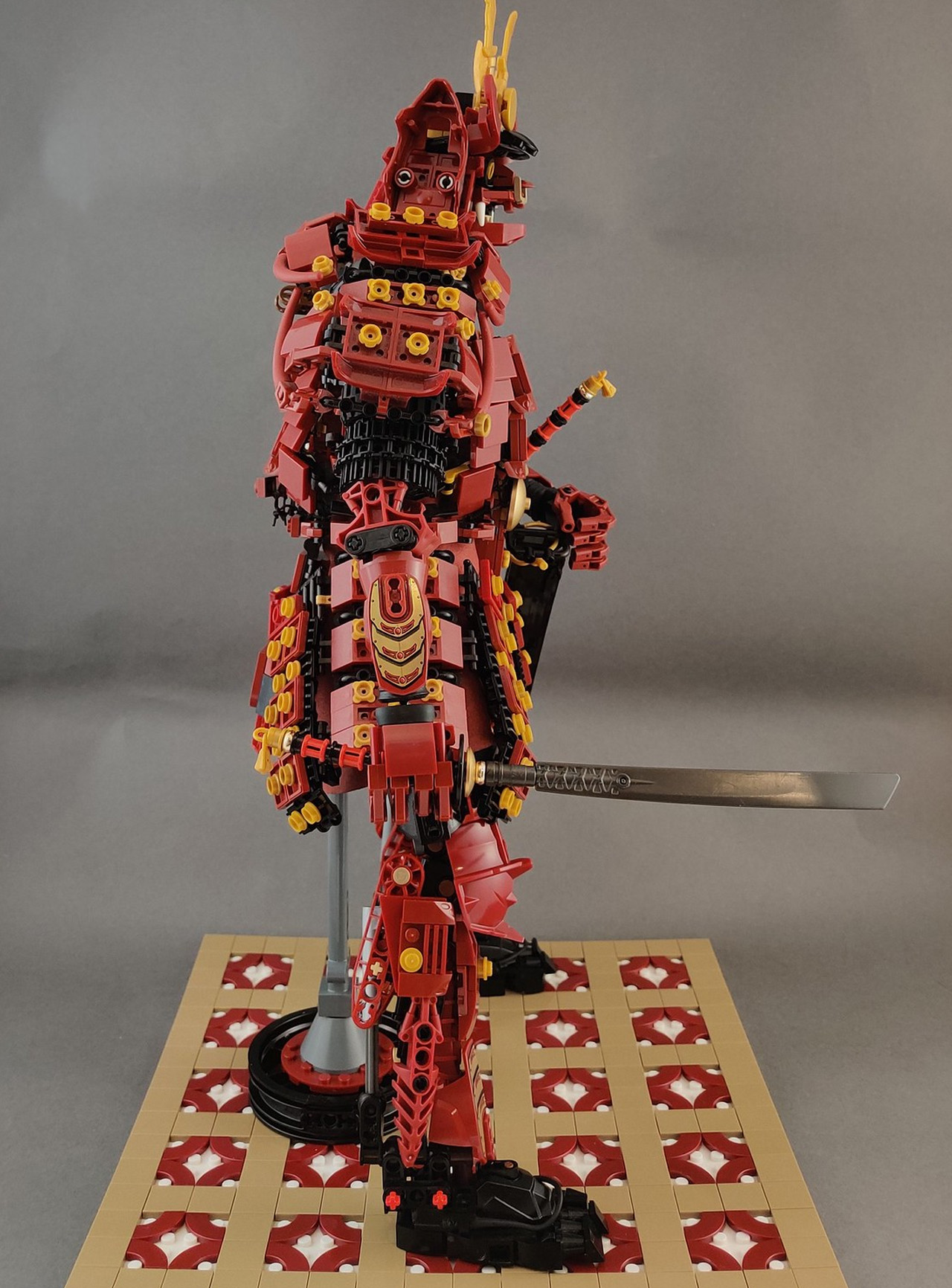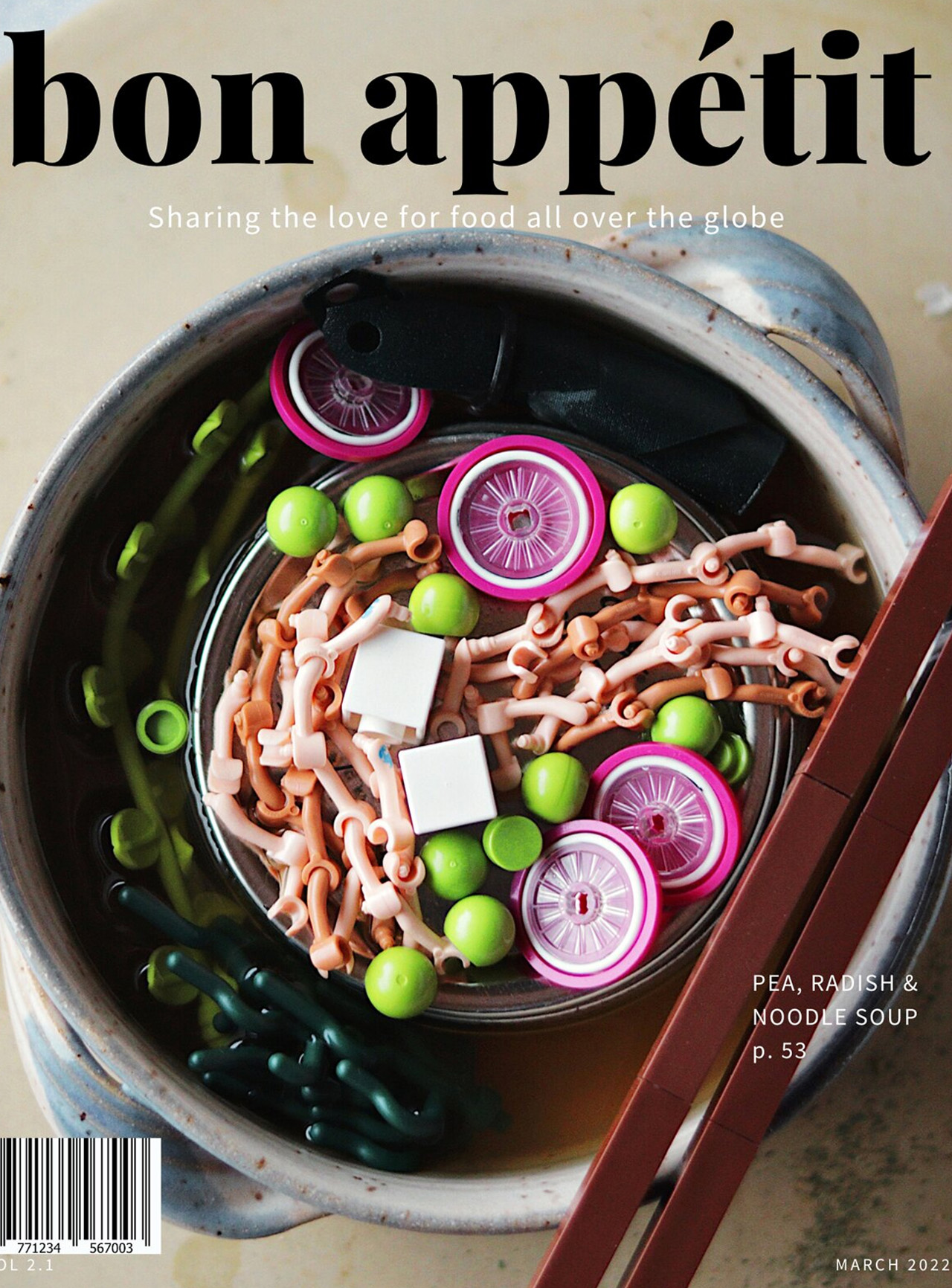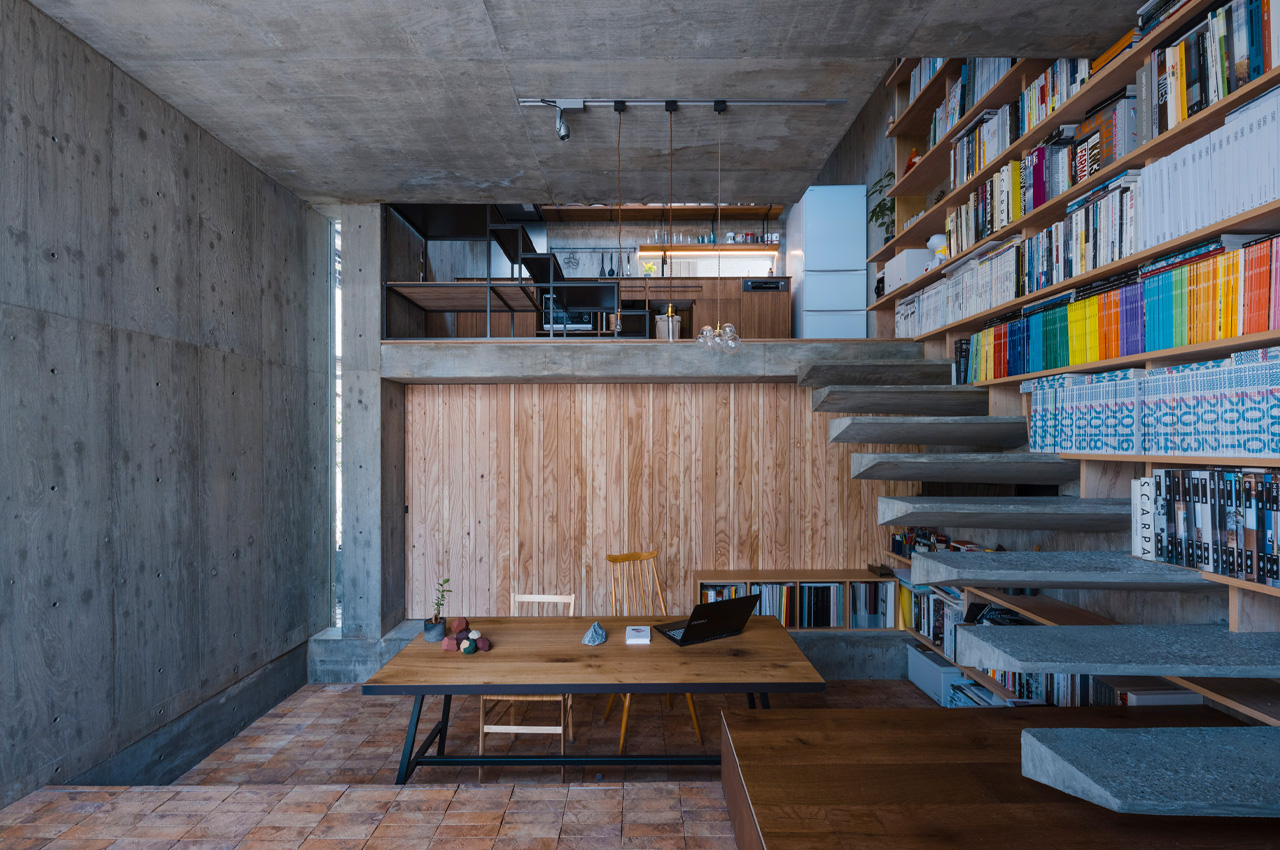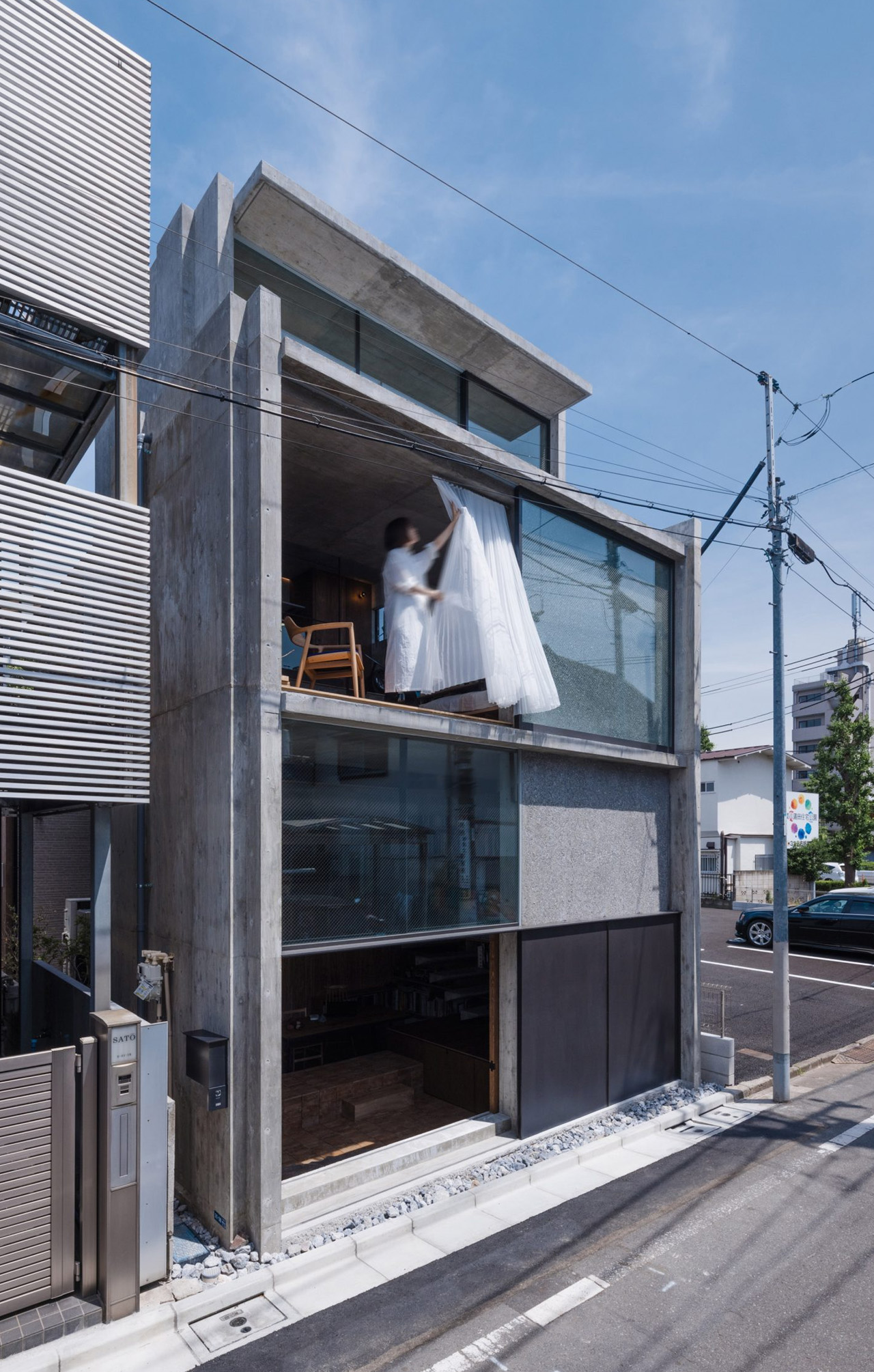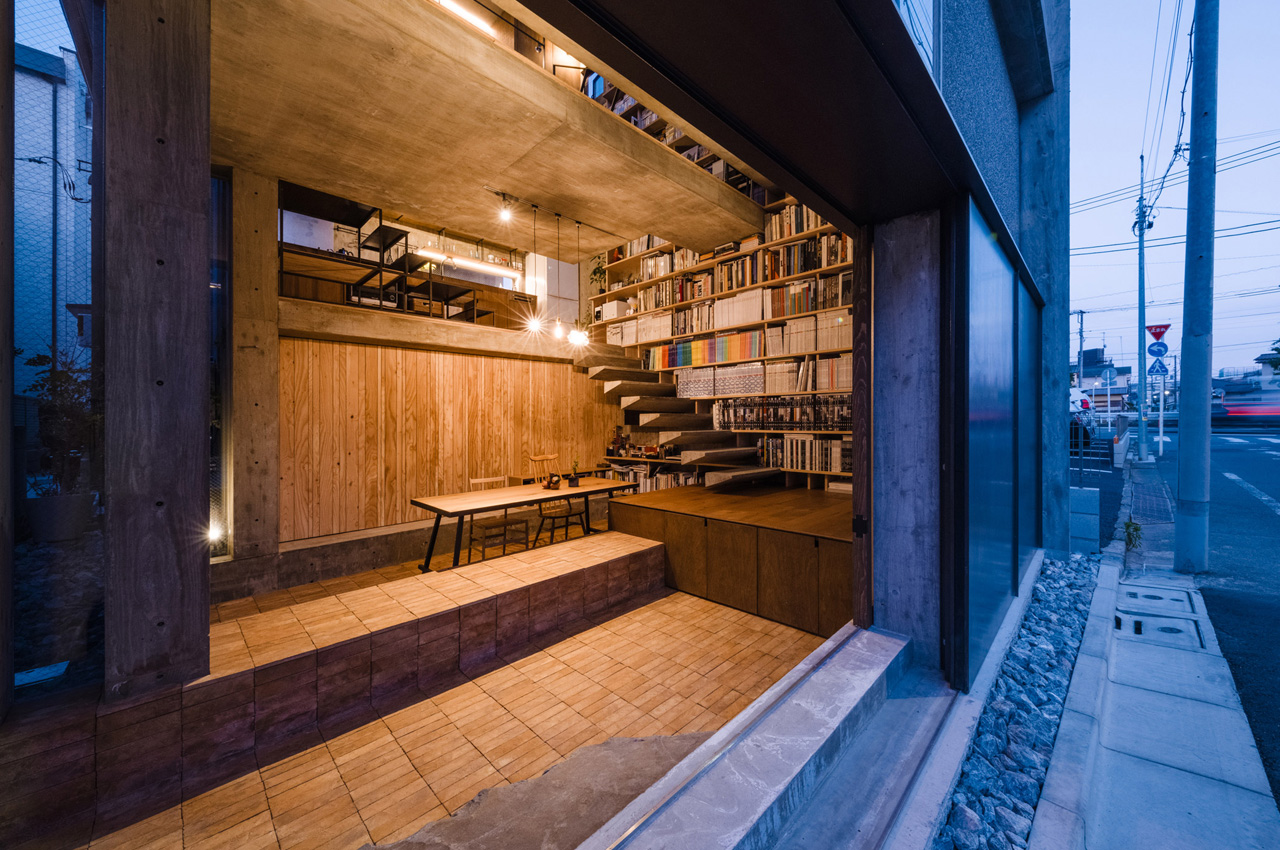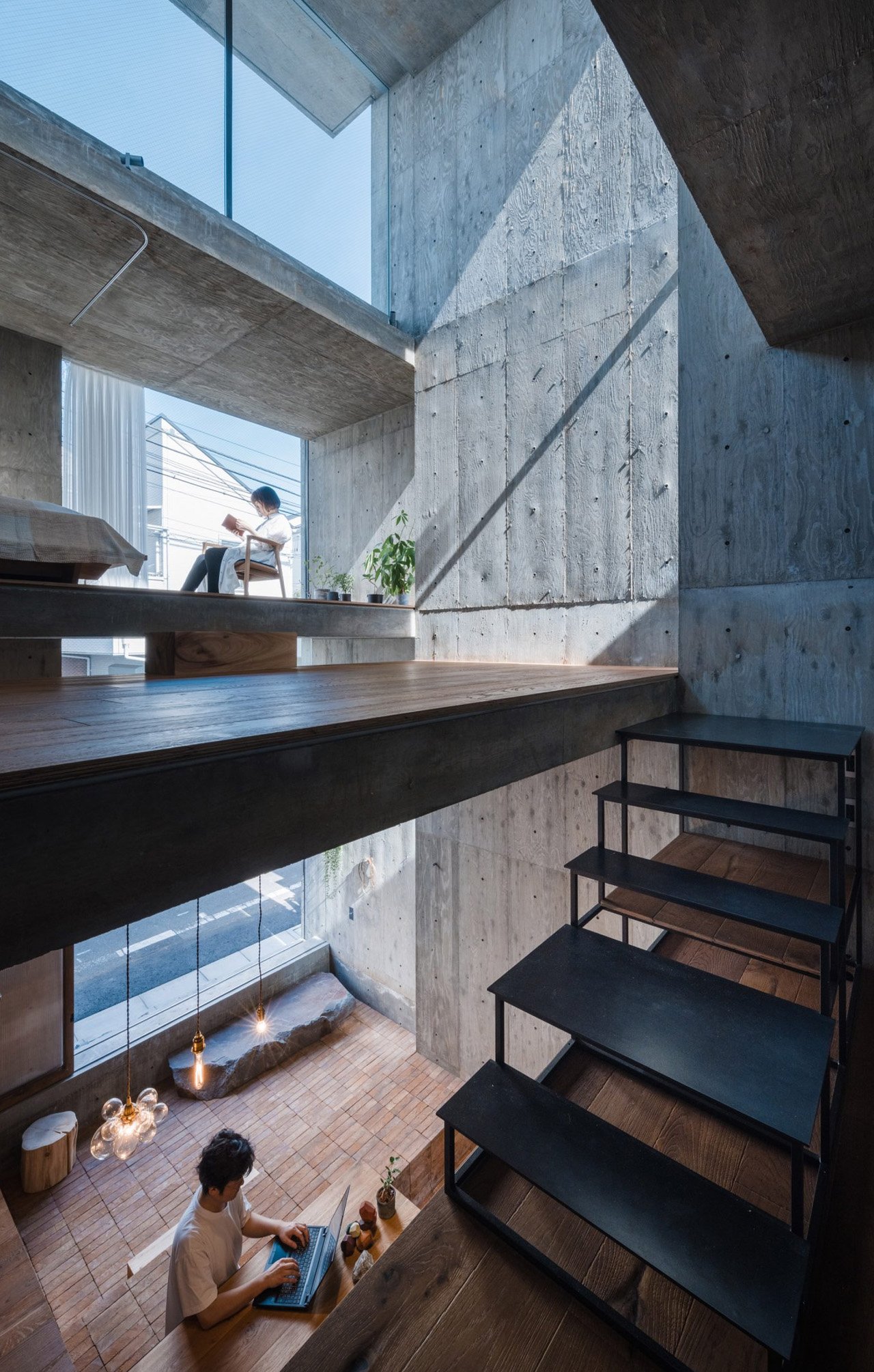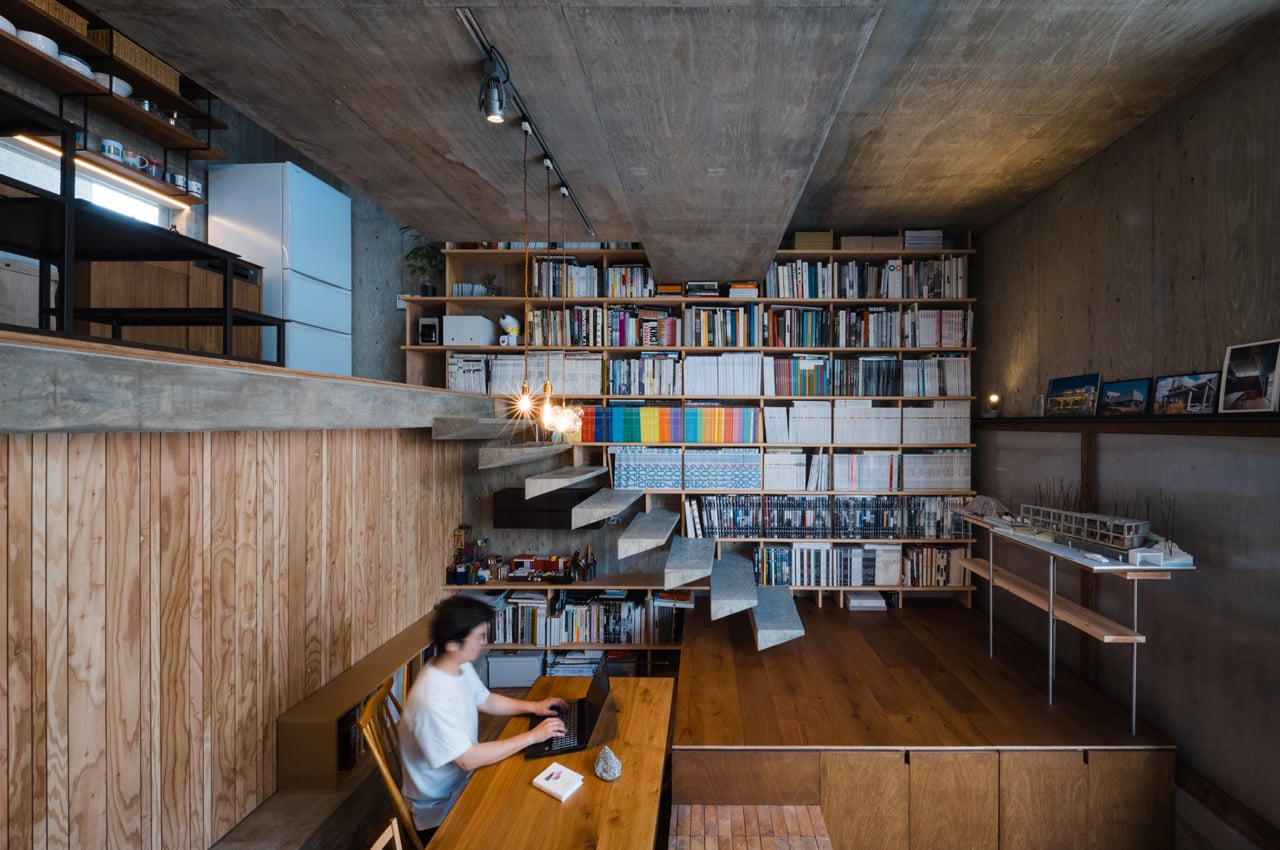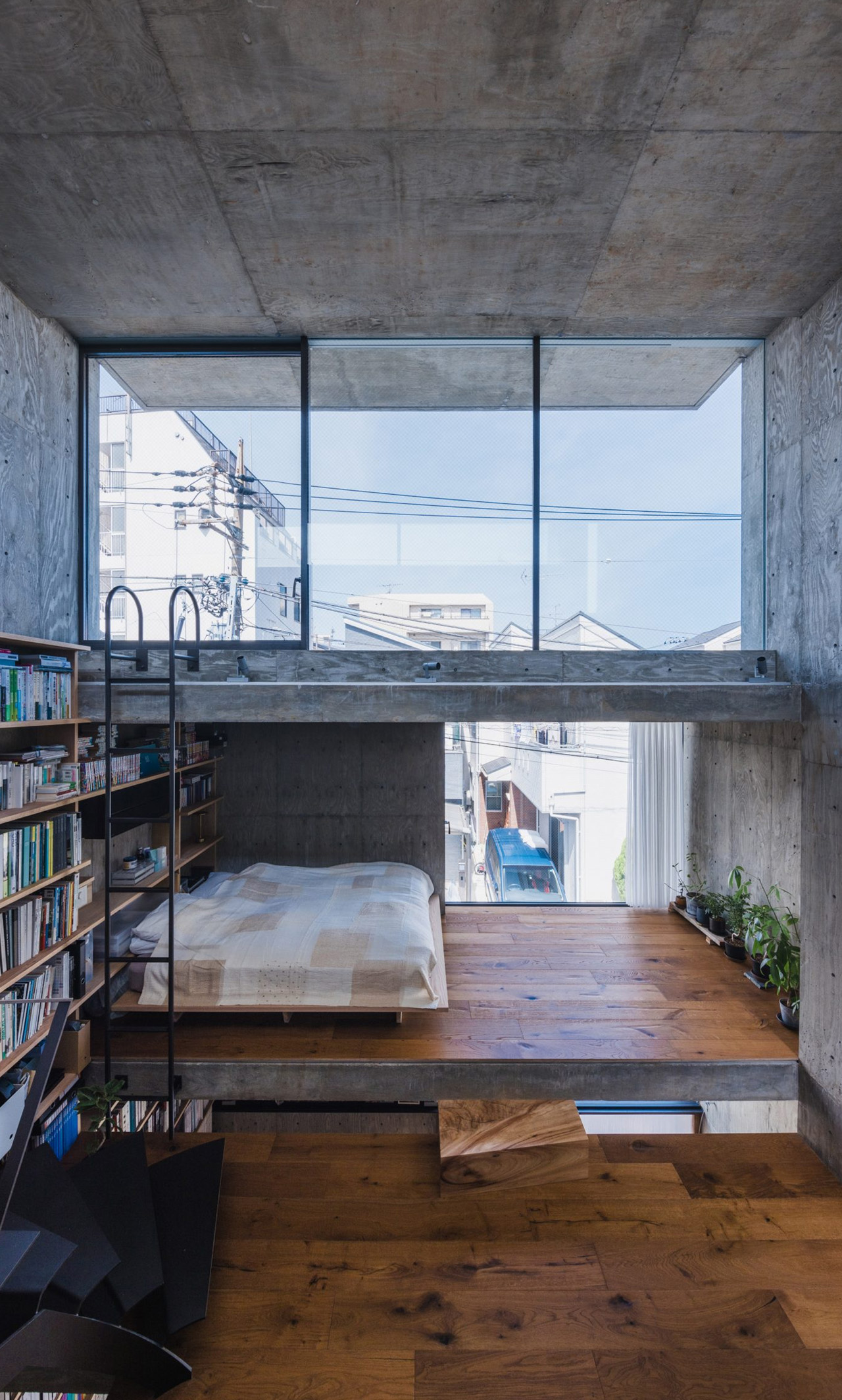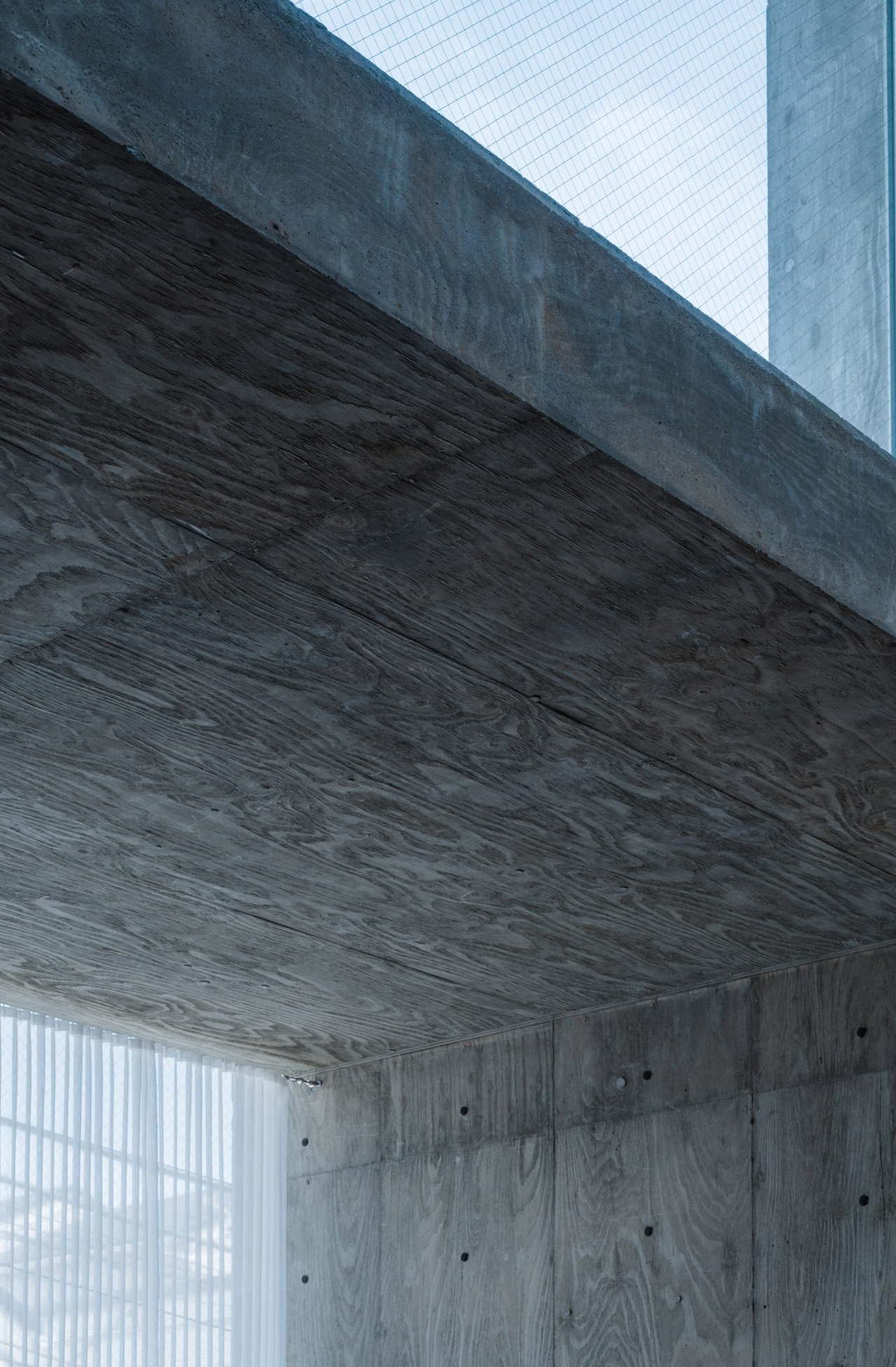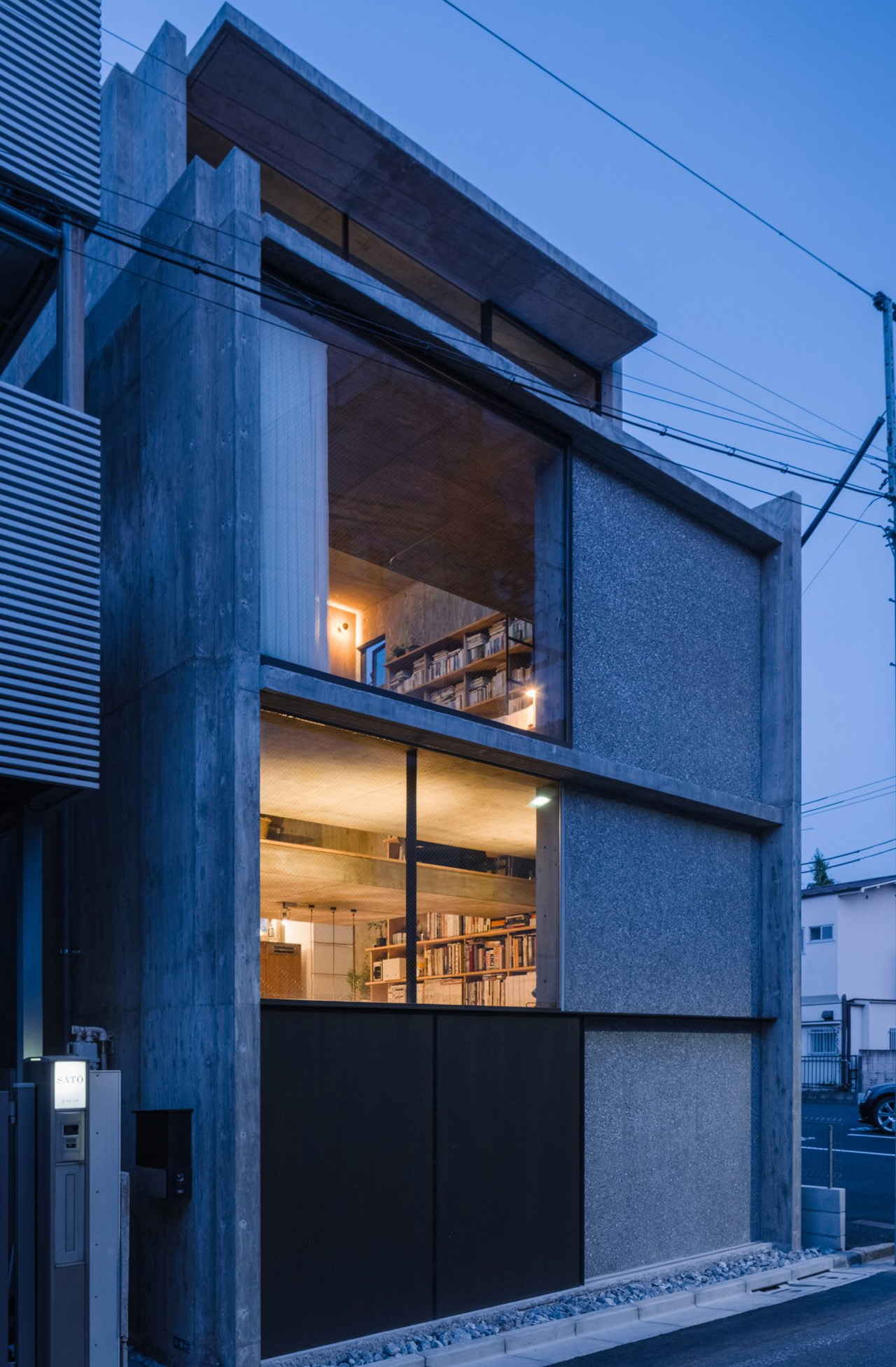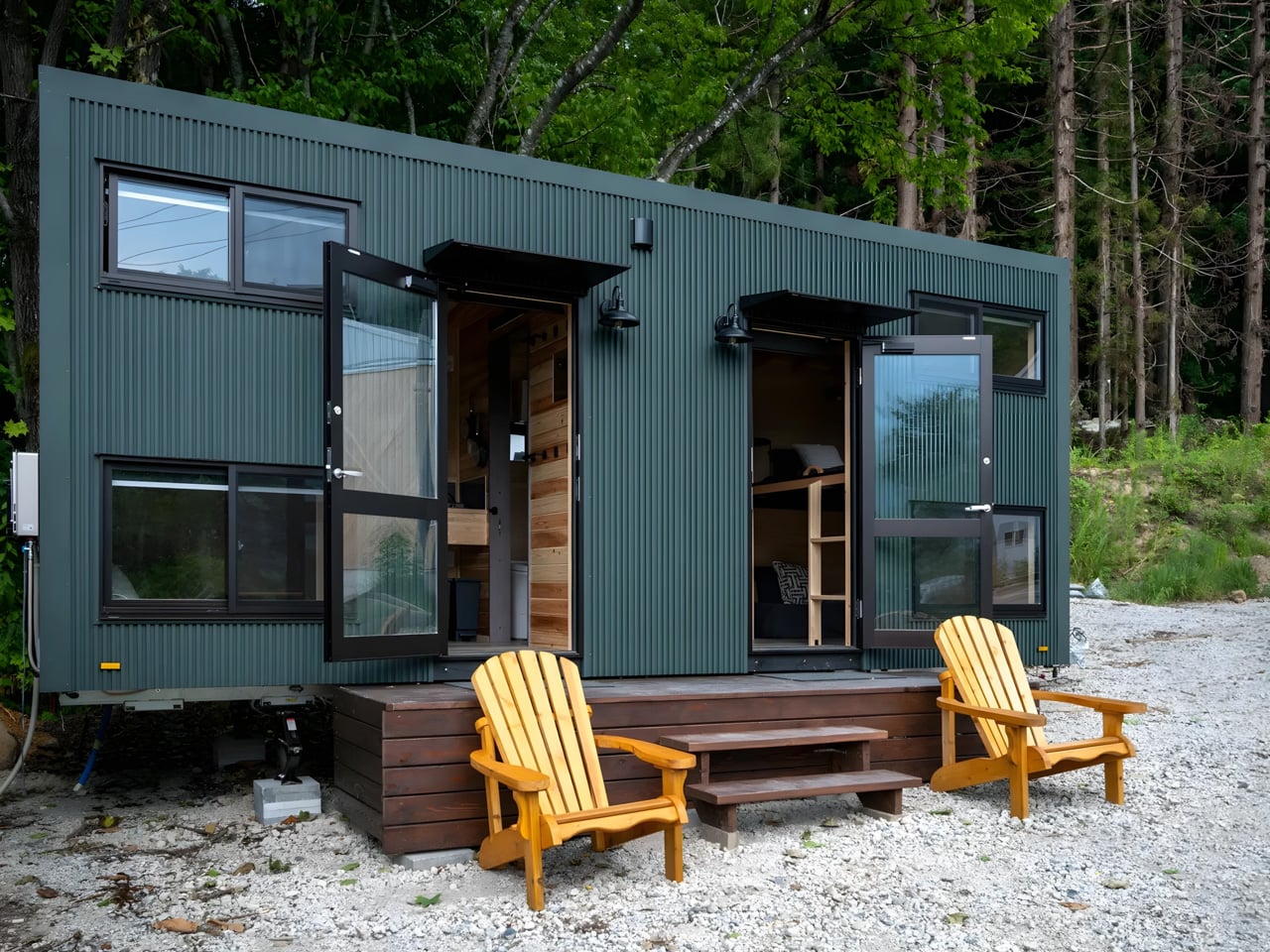
Nestled in the mountains of Nozawaonsen, Nagano, a young company called Ikigai Collective is rewriting the rules of compact living. Their latest creation, the Yamabiko, challenges everything we thought we knew about tiny houses. At just 6.6 meters long, this remarkable dwelling doesn’t squeeze one living space into its metal frame. It fits two. The concept sounds impossible until you see it. Two front doors hint at the Yamabiko’s clever secret: a perfectly mirrored layout that splits the home down the middle. Enter through the left door, and you’ll find a complete living space with a lofted bedroom, compact kitchen, and cozy lounge area. The right side offers an identical setup, reversed like a reflection. Between them sits a shared bathroom, the only space where the two halves meet.
This isn’t just architectural cleverness for its own sake. Ikigai Collective designed the Yamabiko specifically for staff accommodation in Japan’s seasonal resort towns. Ski instructors, hospitality workers, and summer camp employees often require housing that strikes a balance between privacy and efficiency. The Yamabiko delivers both. Two people can live independently under one roof, each with their own kitchen and sleeping loft, while sharing a single bathroom and utility connection. The exterior speaks to Japanese minimalism through its utilitarian Galvalume steel cladding. This durable material handles everything from heavy mountain snow to coastal humidity, aging gracefully while maintaining its modern edge. The design doesn’t shout for attention. It simply exists, blending into mountain landscapes and urban lots with equal ease.
Designer: Ikigai Collective
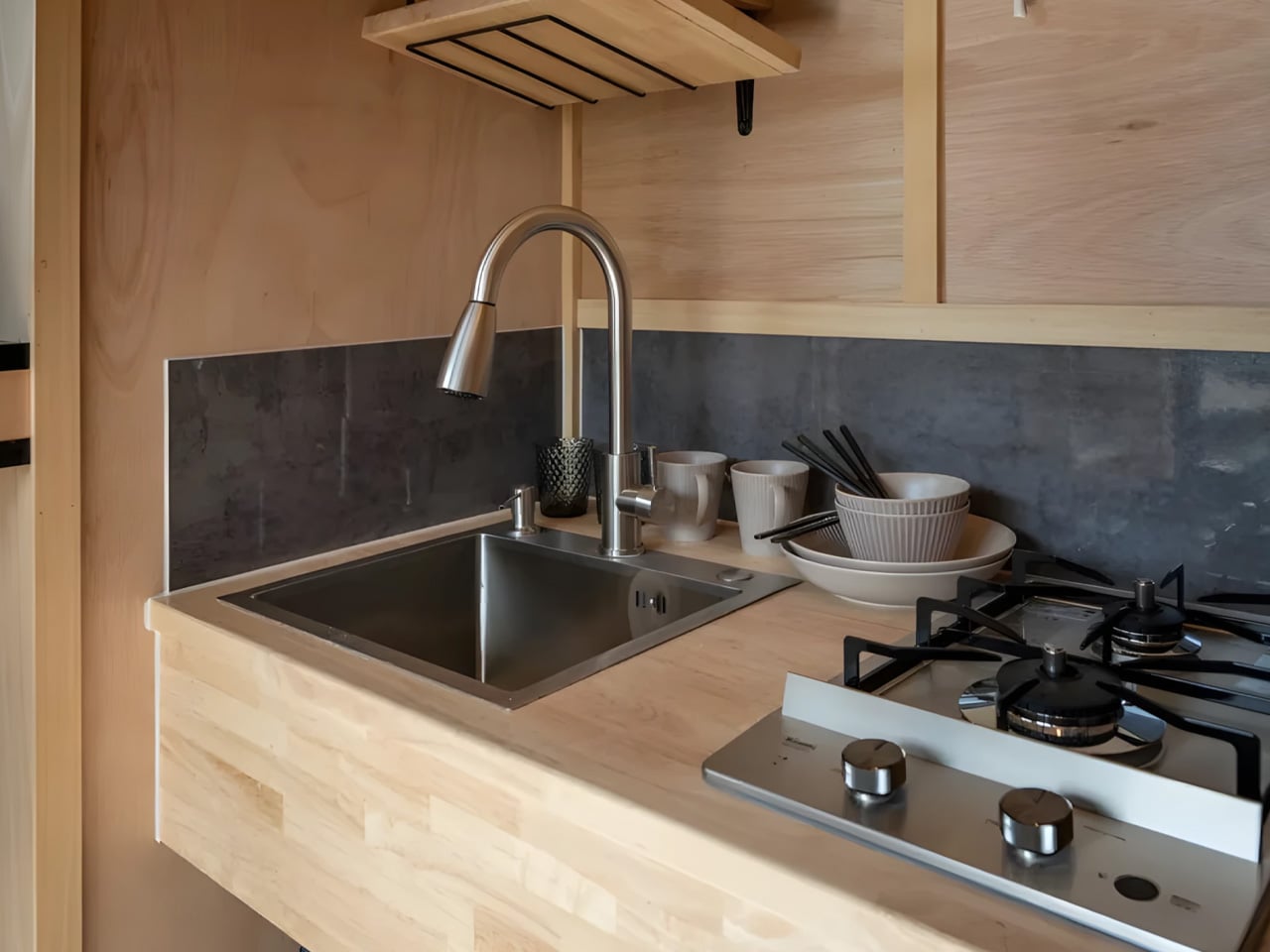
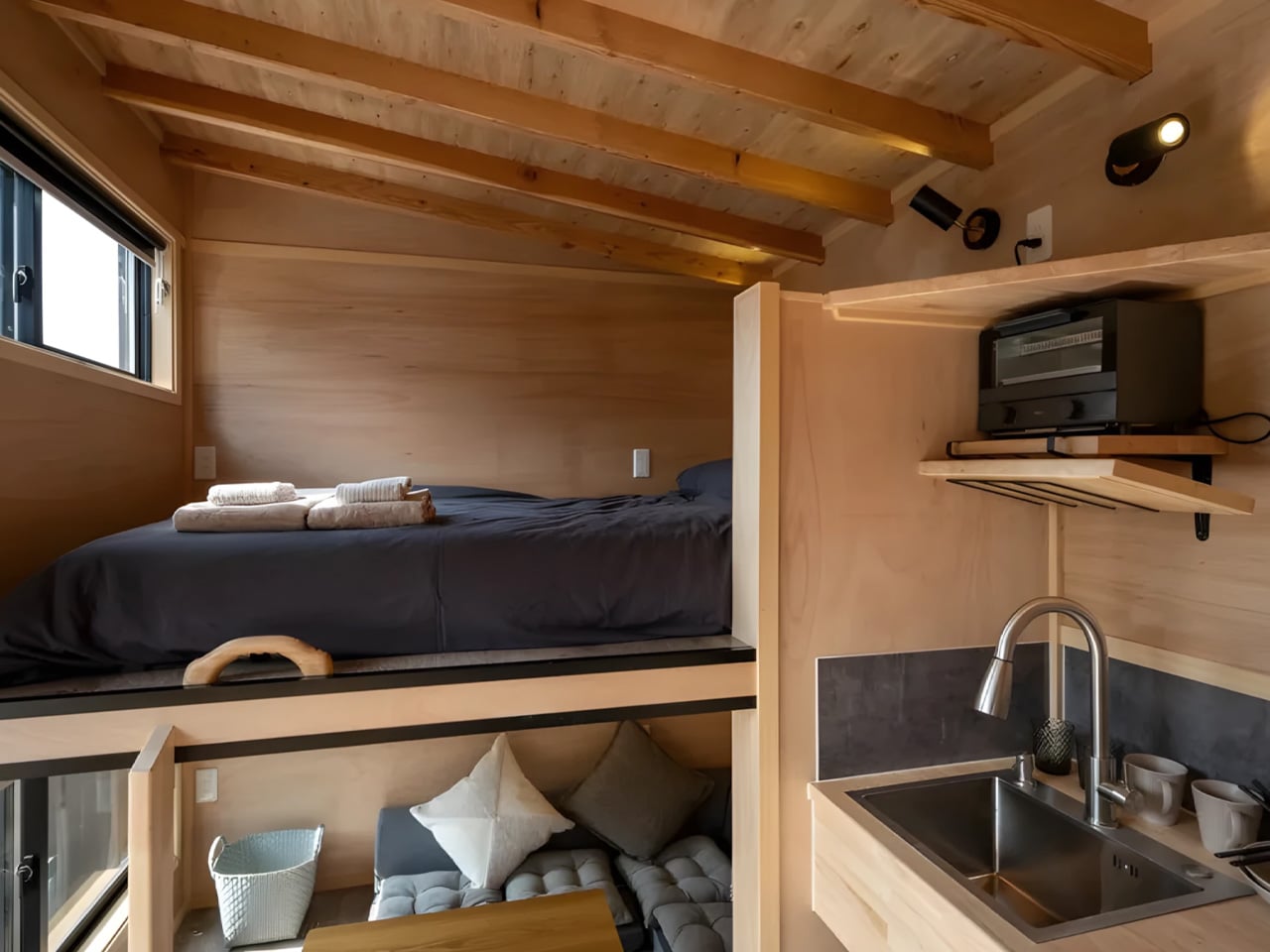
Inside, the spaces feel surprisingly complete despite their compact footprint. Each kitchen comes equipped with a two-burner propane stove and sink. The living rooms feature built-in seating and small tables. Loft bedrooms provide privacy without wasting precious floor space below. Every centimeter serves a purpose, reflecting the Japanese principle of functional beauty. The shared bathroom sits strategically between both living areas, creating the connection point where the two mirrored halves meet while maintaining the independence of each space.
Ikigai Collective keeps customization at the forefront. Buyers can select their color scheme, choose between flooring options, design their shower layout, and pick between standard or composting toilets. The starting price of ¥9,900,000 positions the Yamabiko as a serious housing solution rather than a lifestyle experiment. The timing feels right. Japan is slowly embracing tiny living as urban space grows scarcer and younger generations seek alternatives to traditional housing. Ikigai Collective was founded just two years ago by people who came to Japan and fell in love with its culture. They’re not just importing Western tiny house trends. They’re creating something distinctly Japanese, built for Japanese needs and sensibilities.
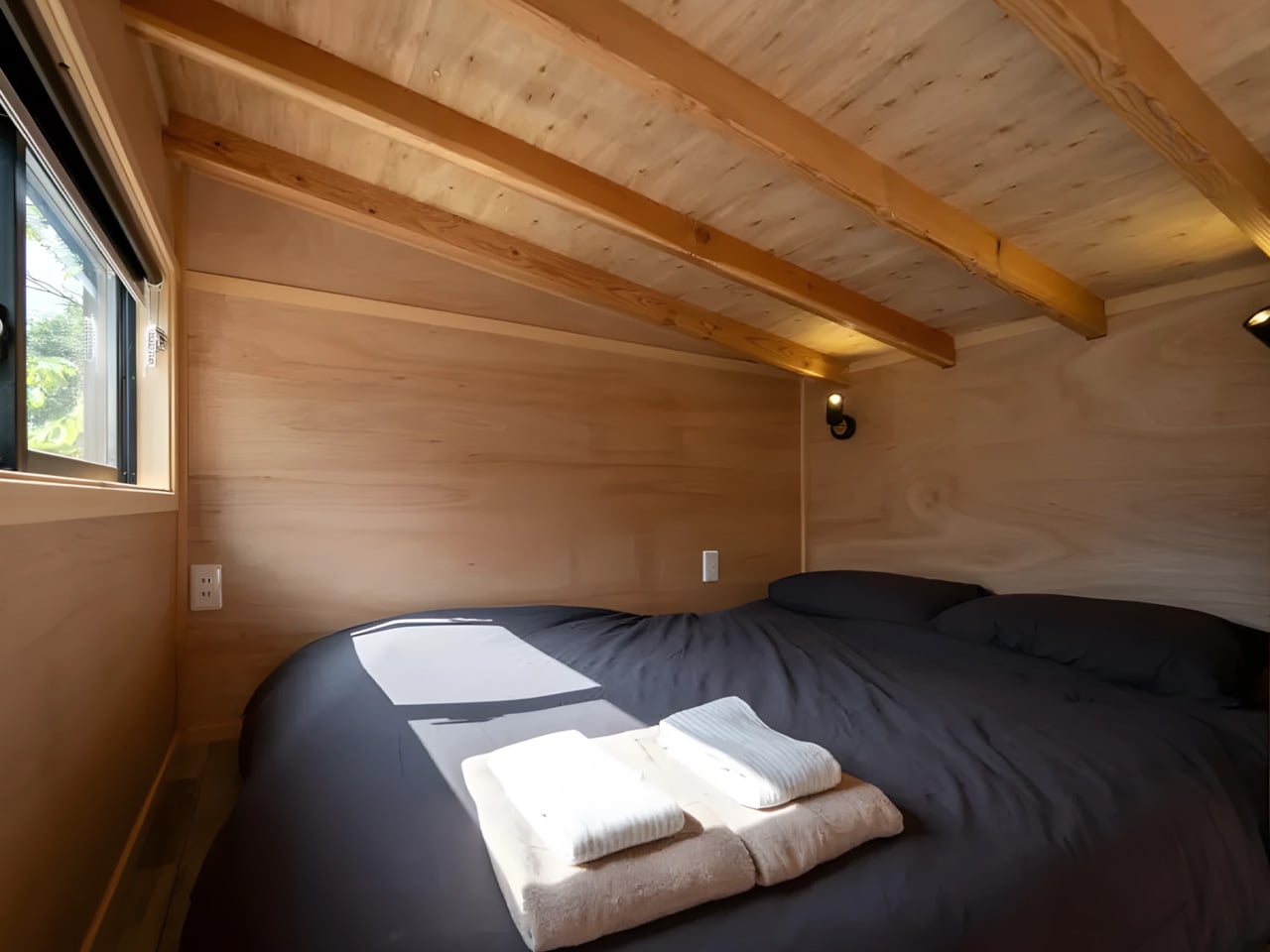
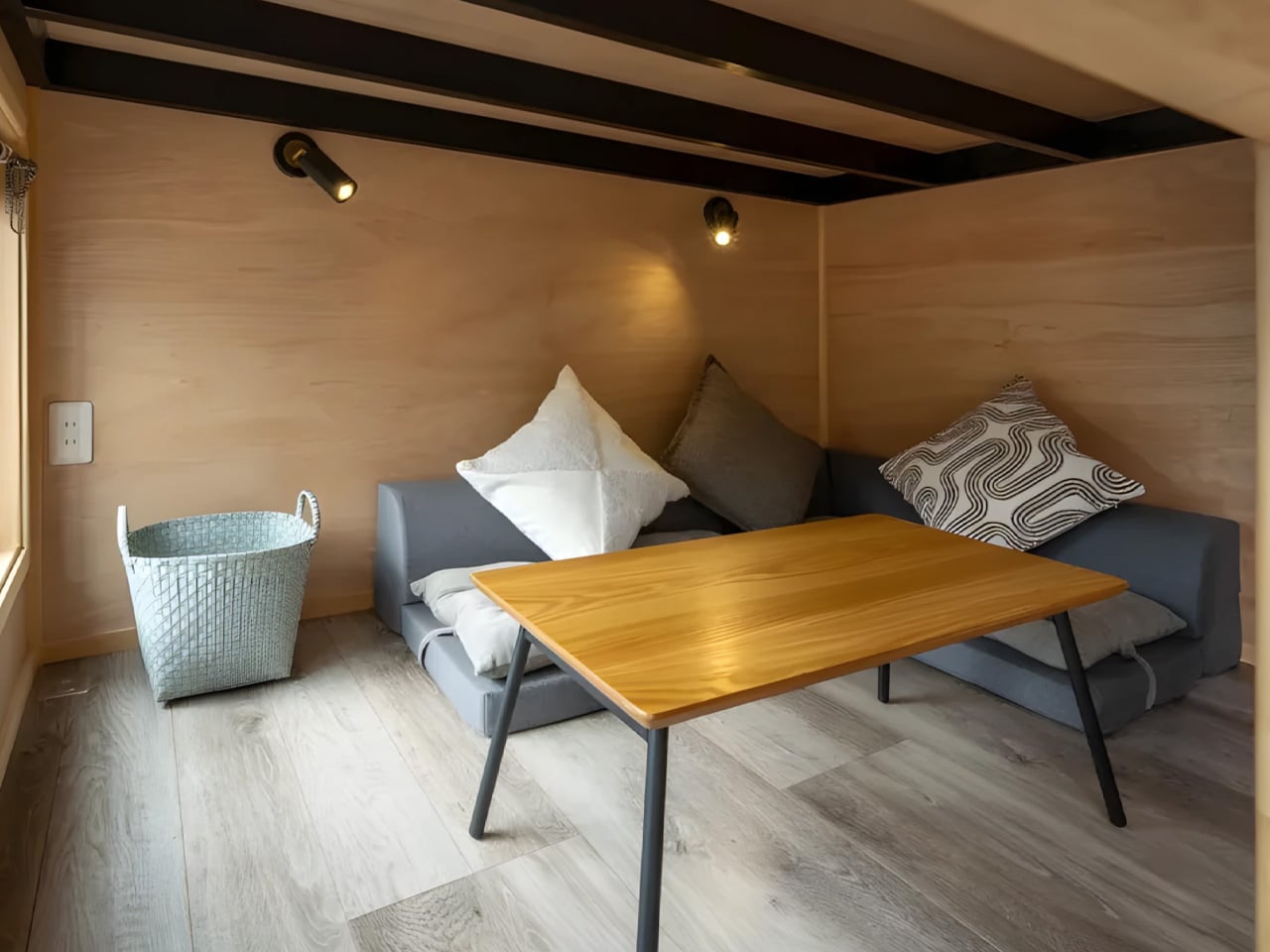
For those curious to experience the Yamabiko firsthand, Ikigai Collective operates a showroom village in Iiyama where visitors can book overnight stays. The facility includes wellness amenities like a sauna, letting guests test the tiny house lifestyle before committing. The Yamabiko proves that innovation in tiny living isn’t about shrinking everything down. Sometimes it’s about reimagining how space can serve multiple lives at once.
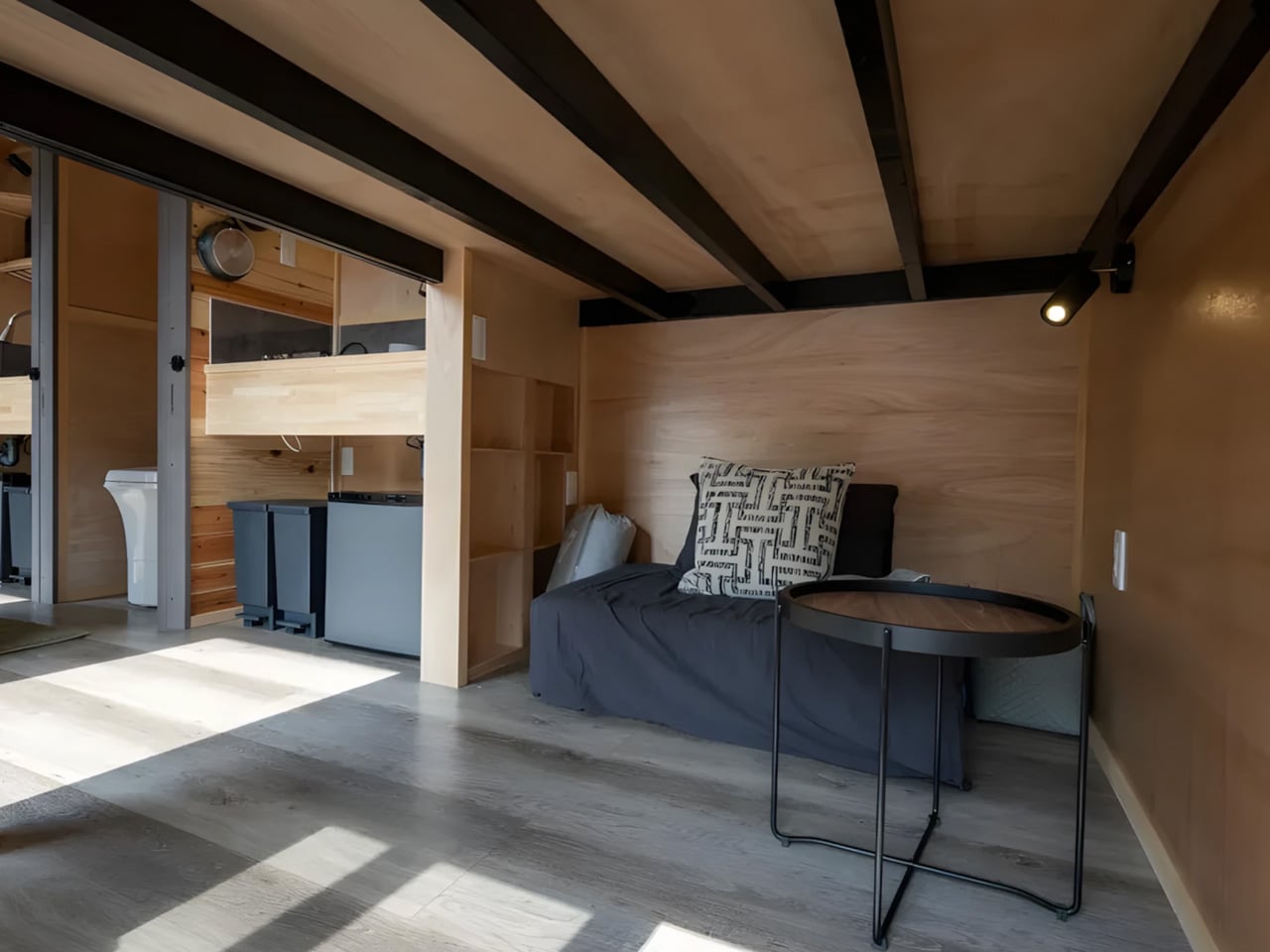
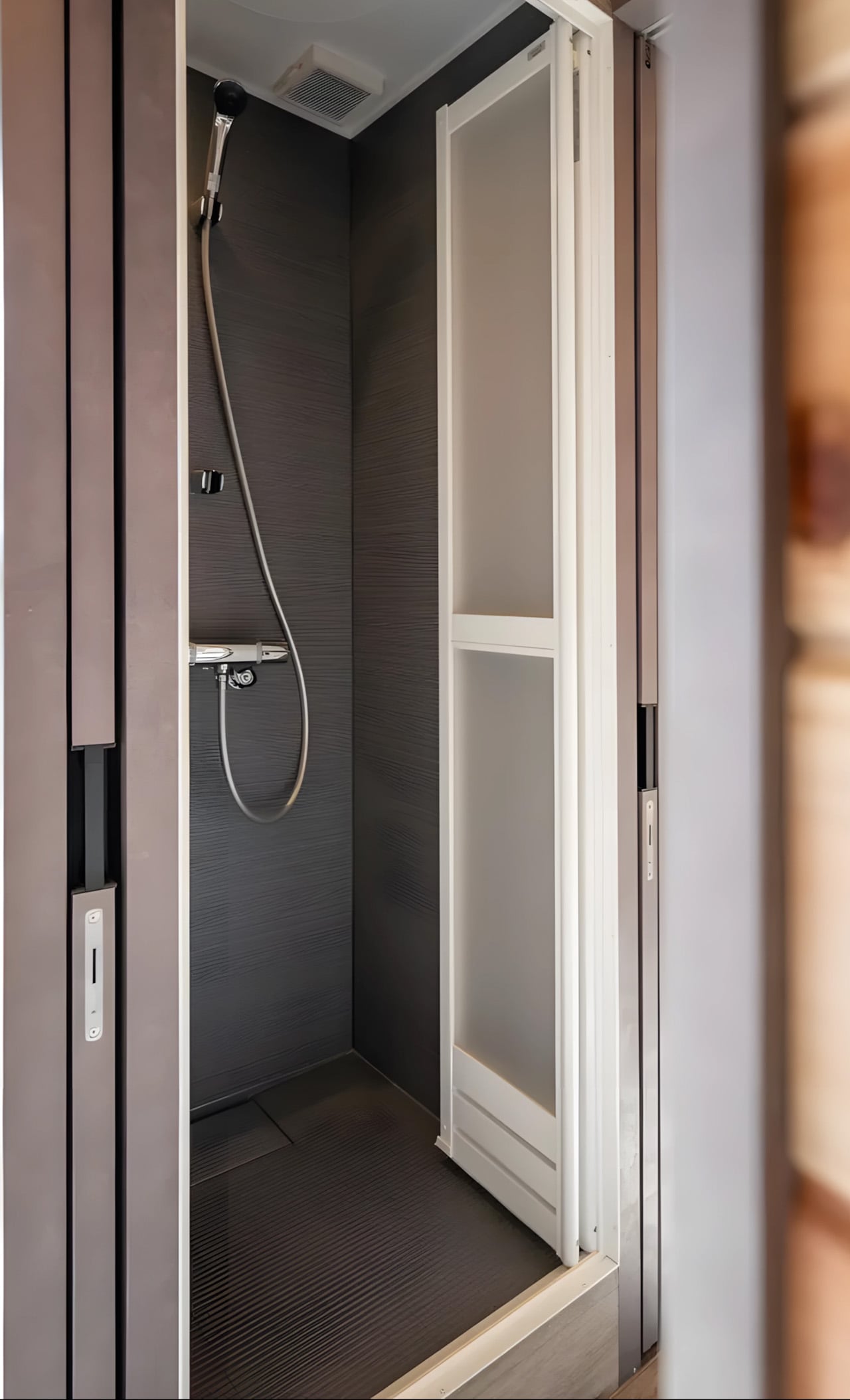
The post Two Homes, One Shell: Inside Japan’s Most Ingenious Tiny House first appeared on Yanko Design.
